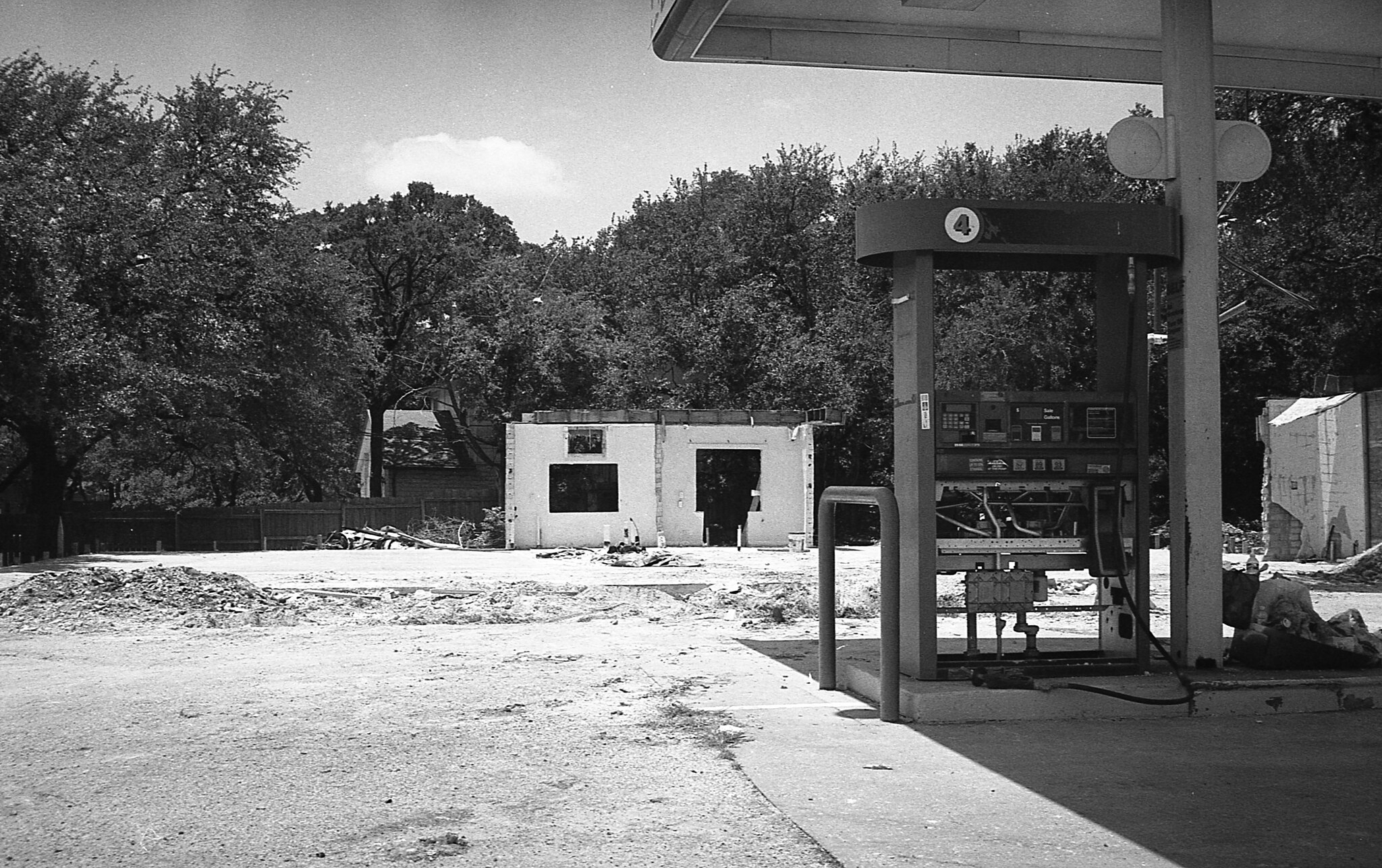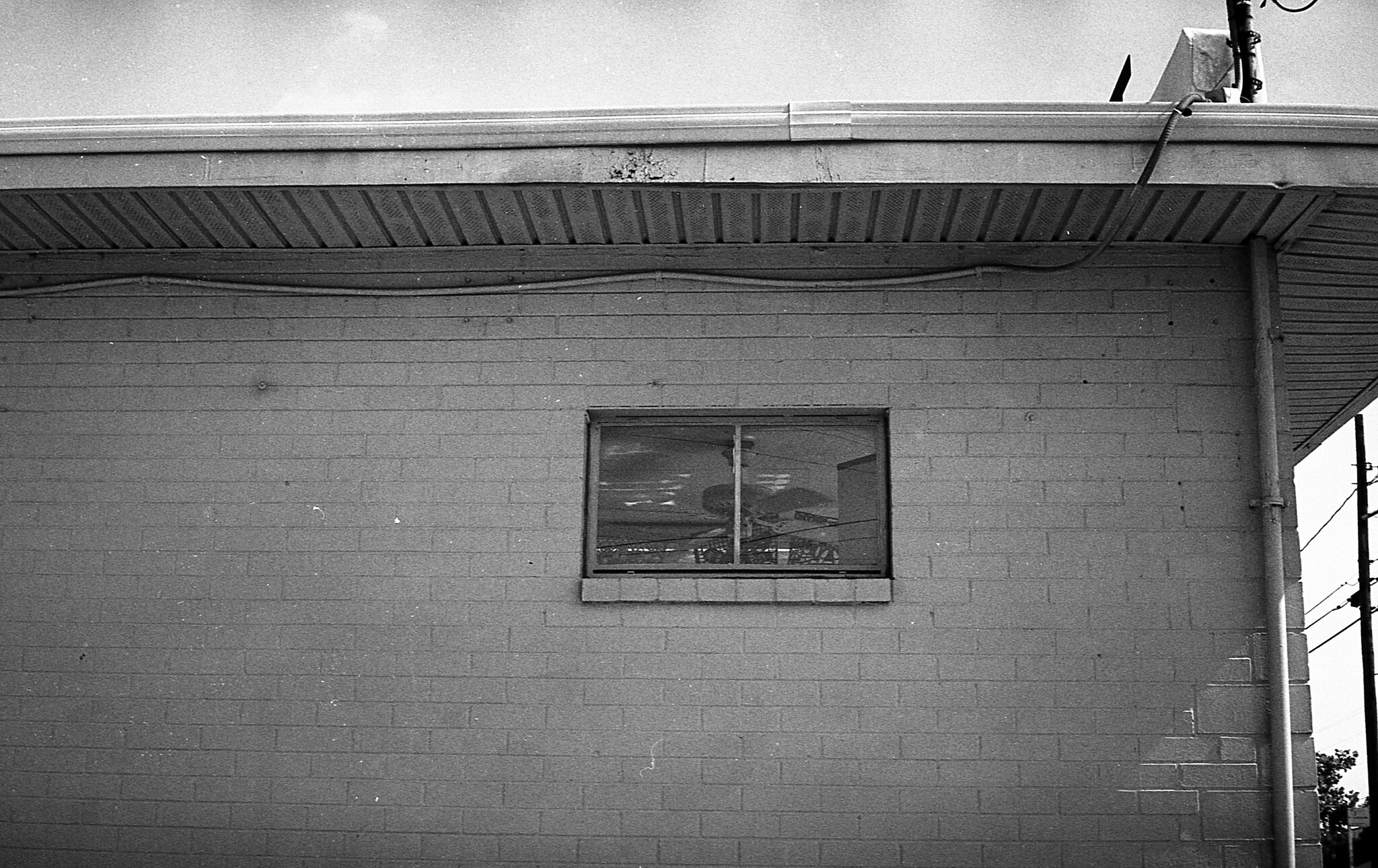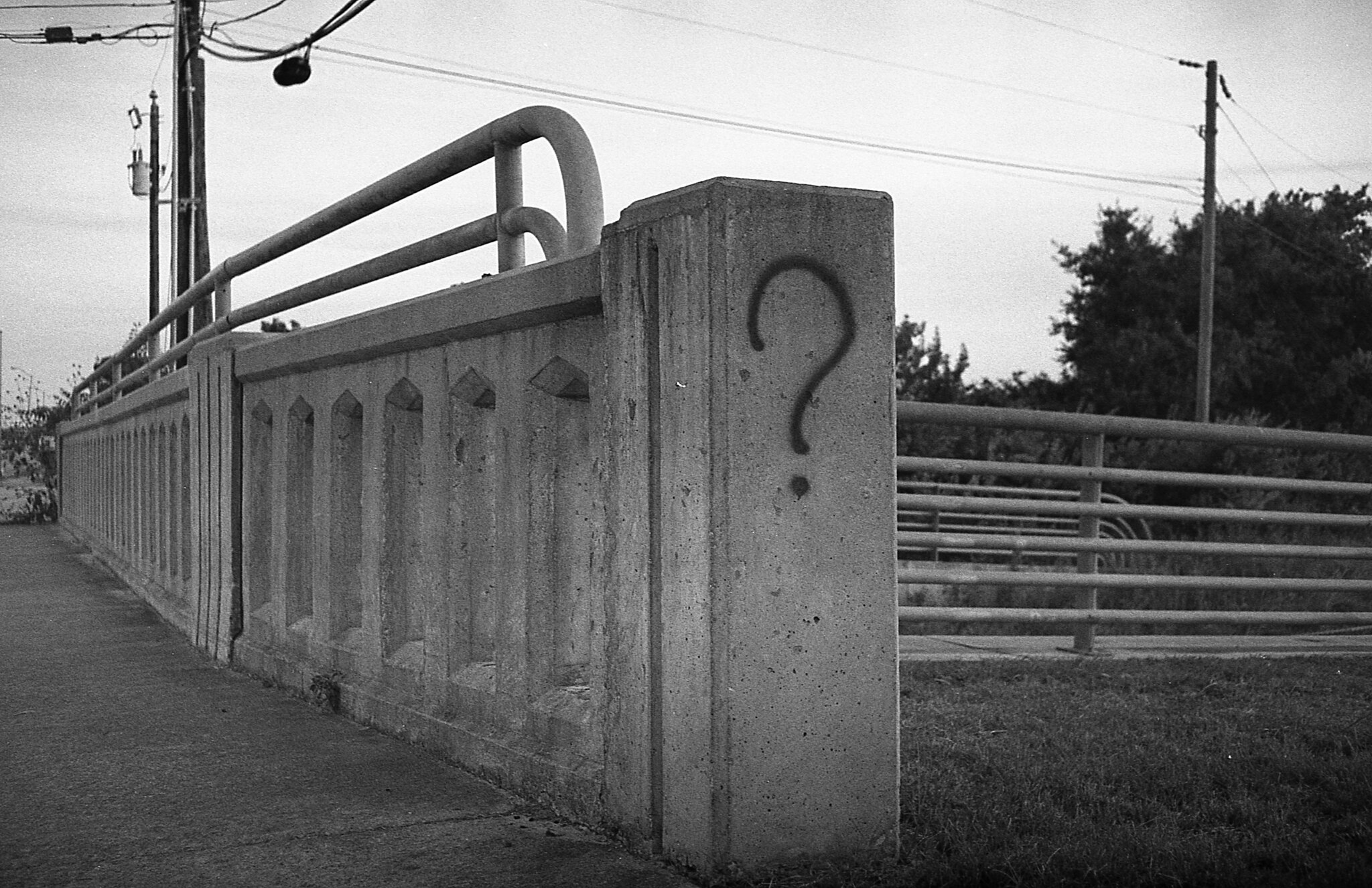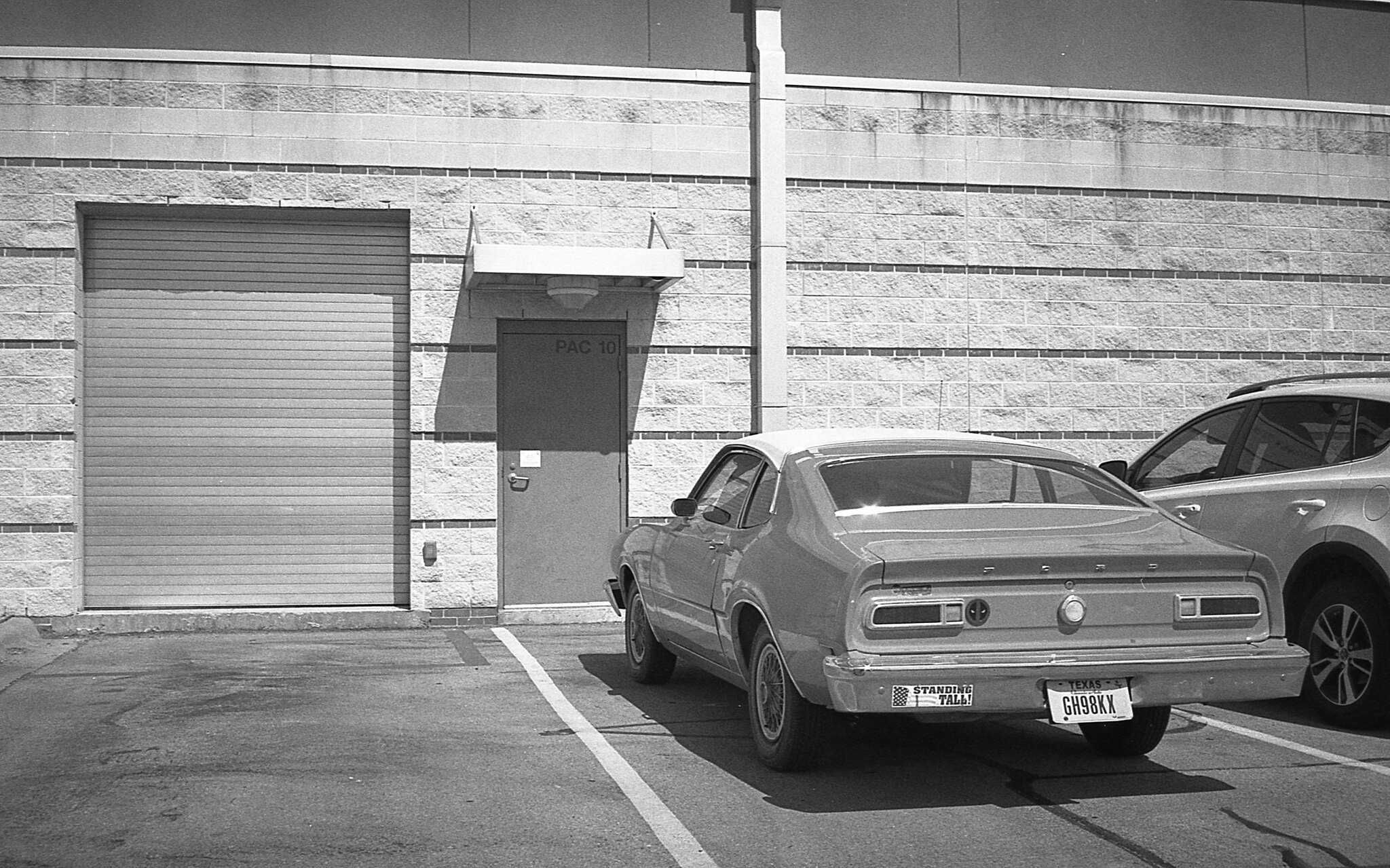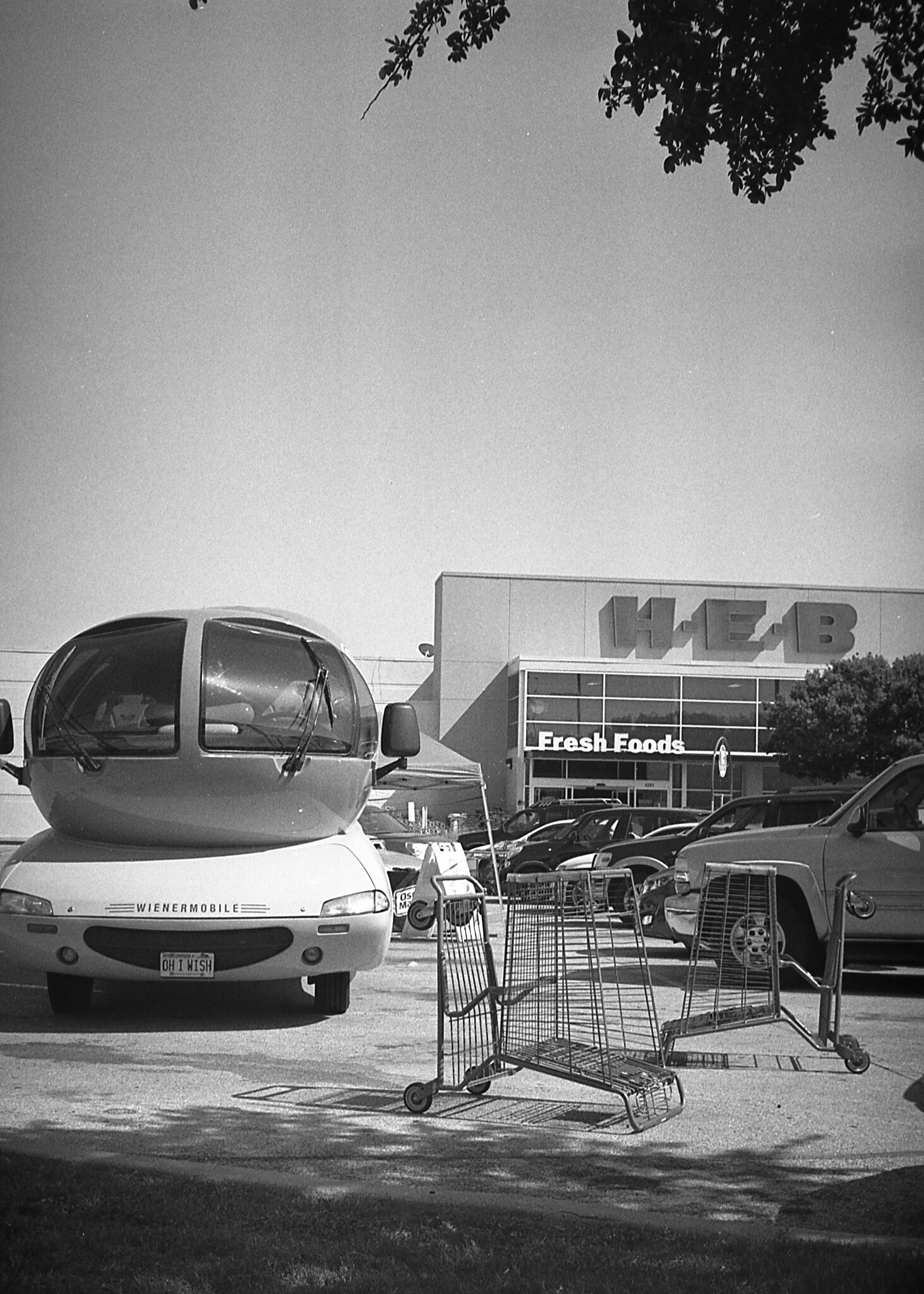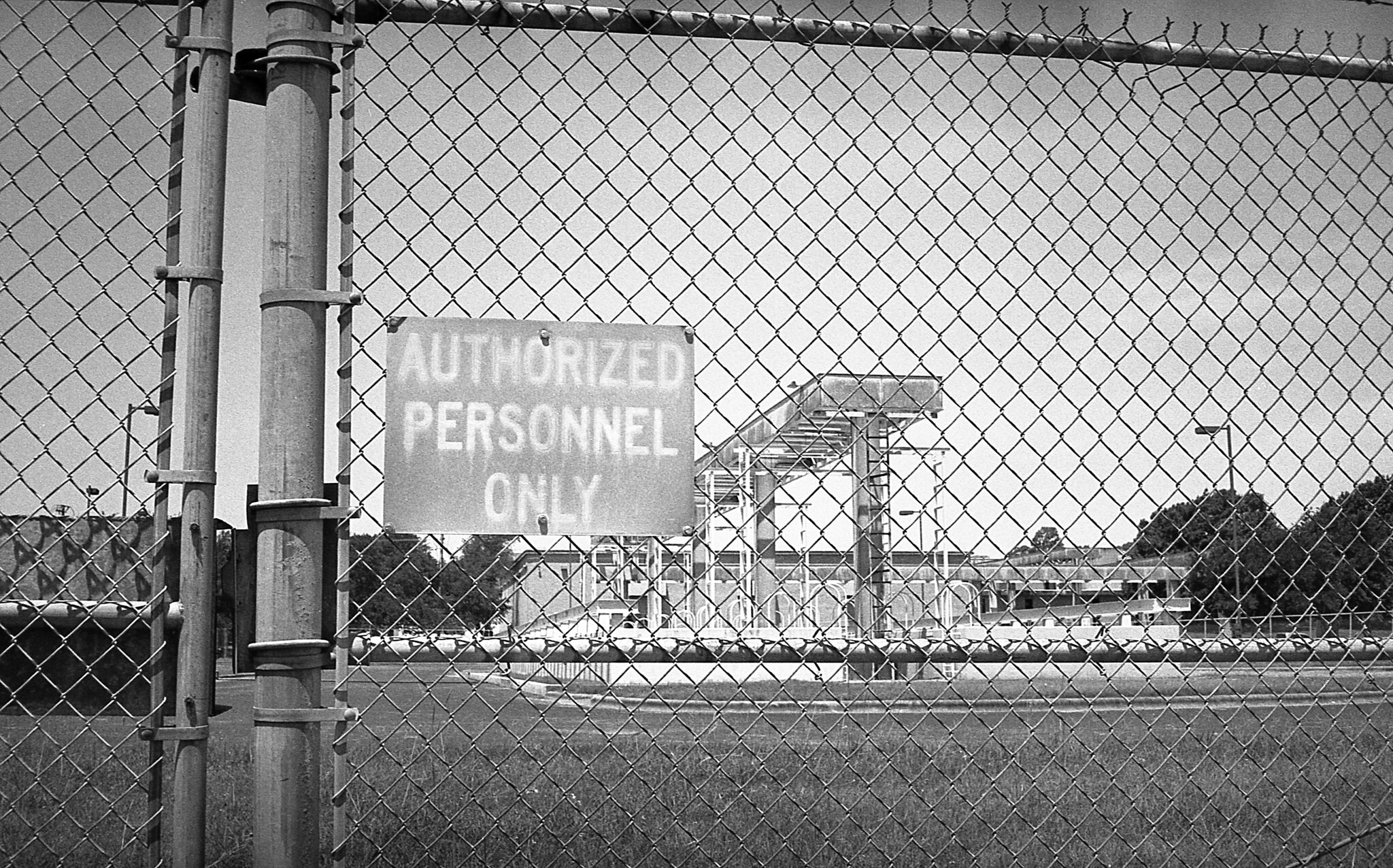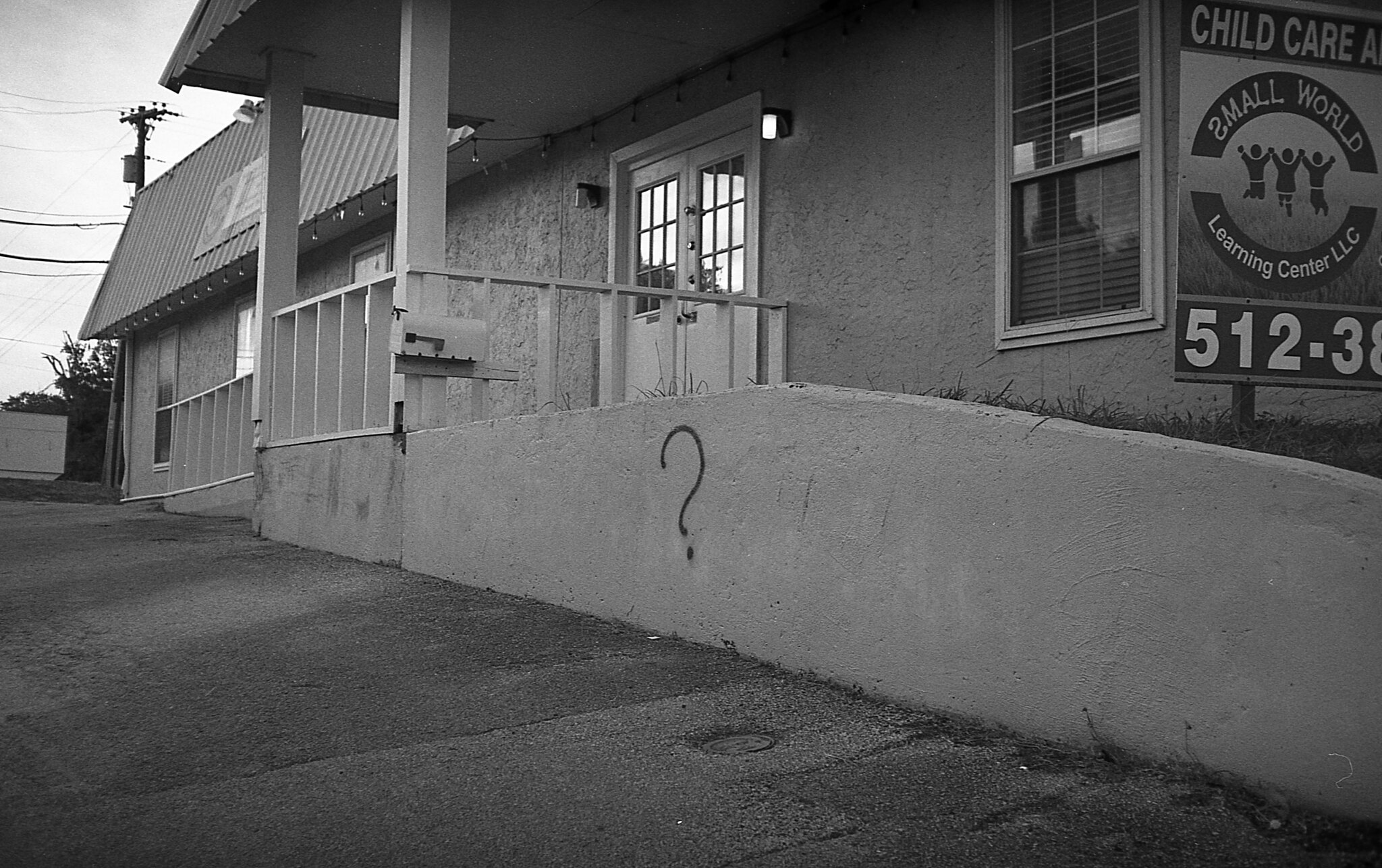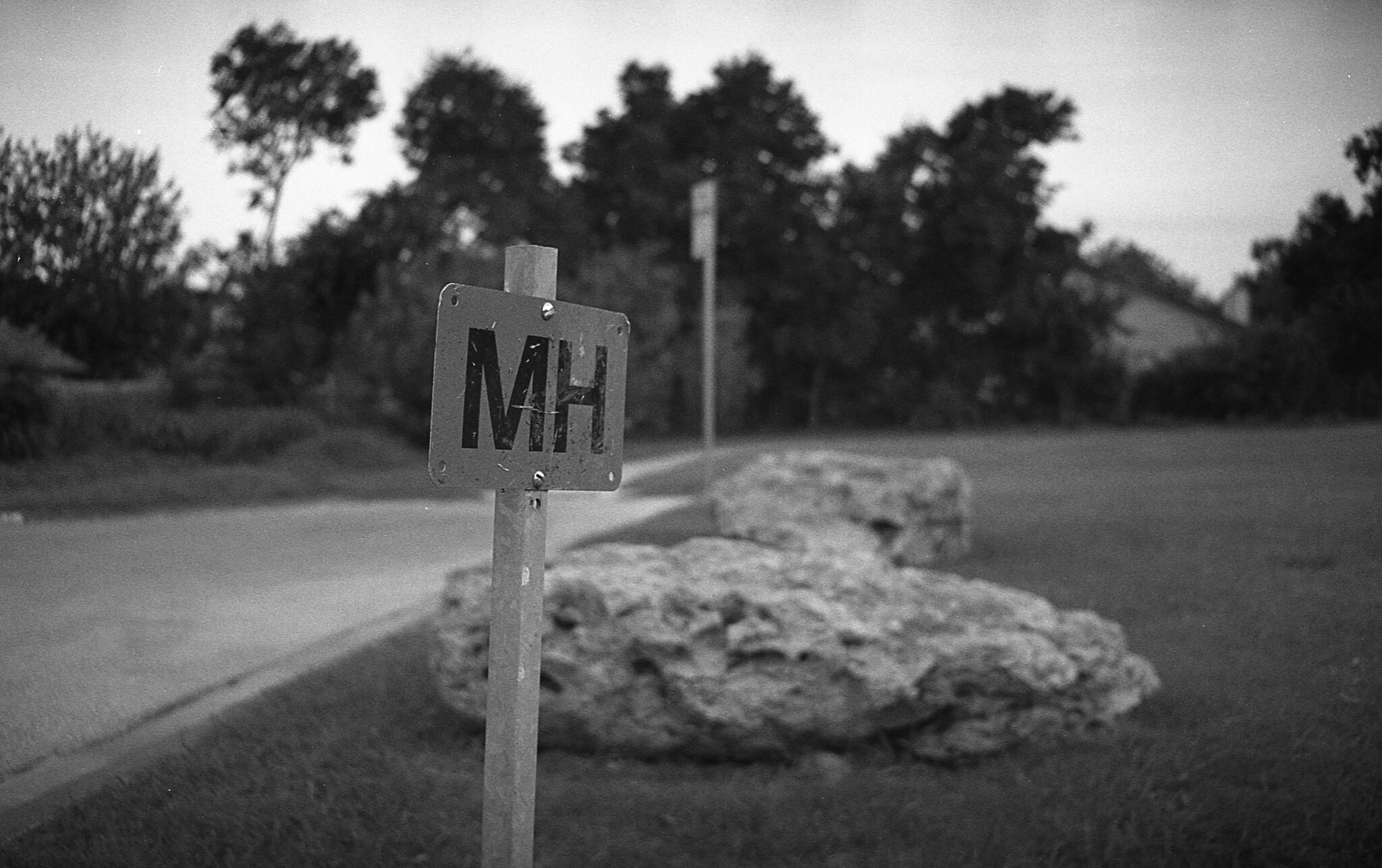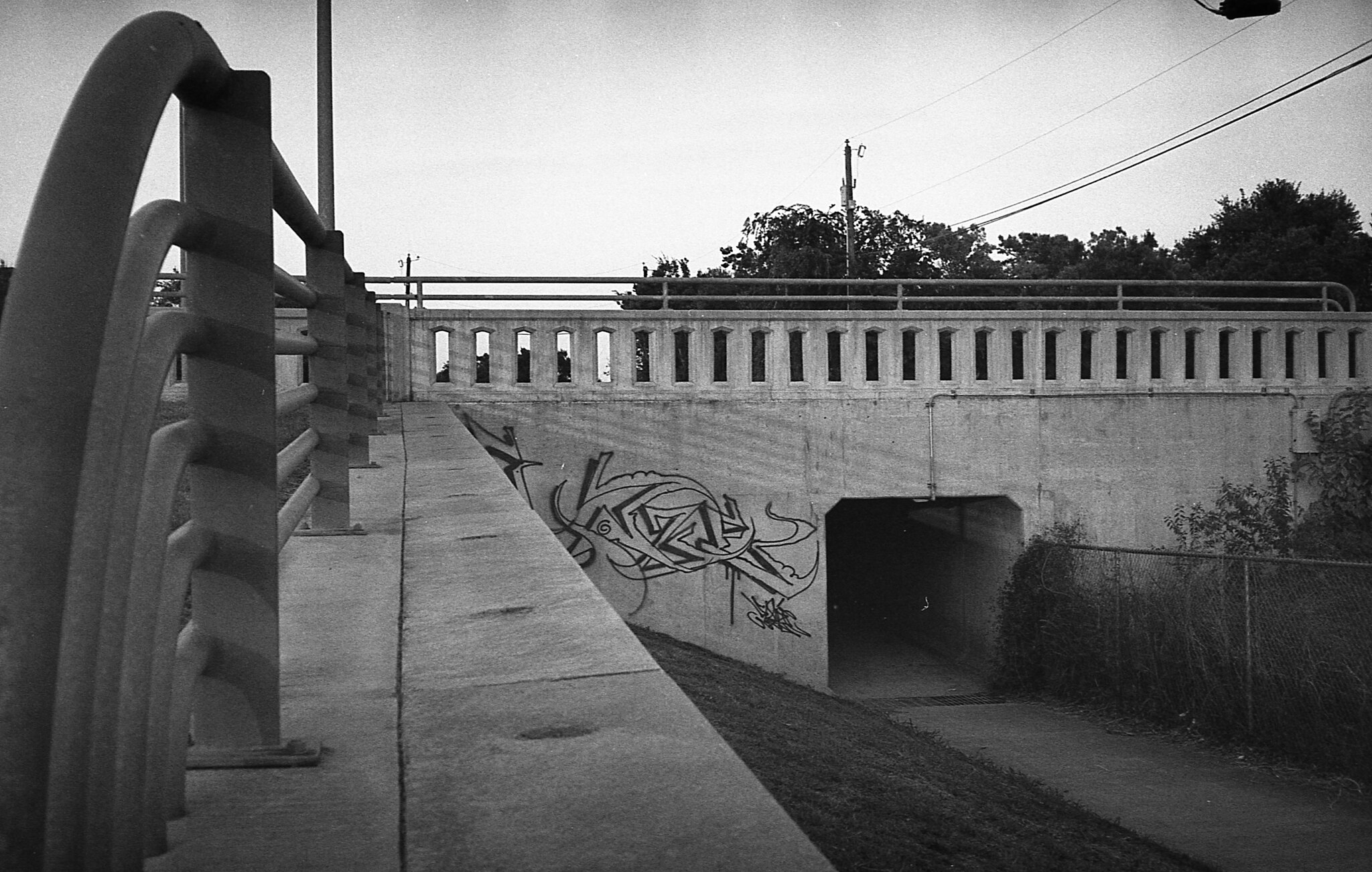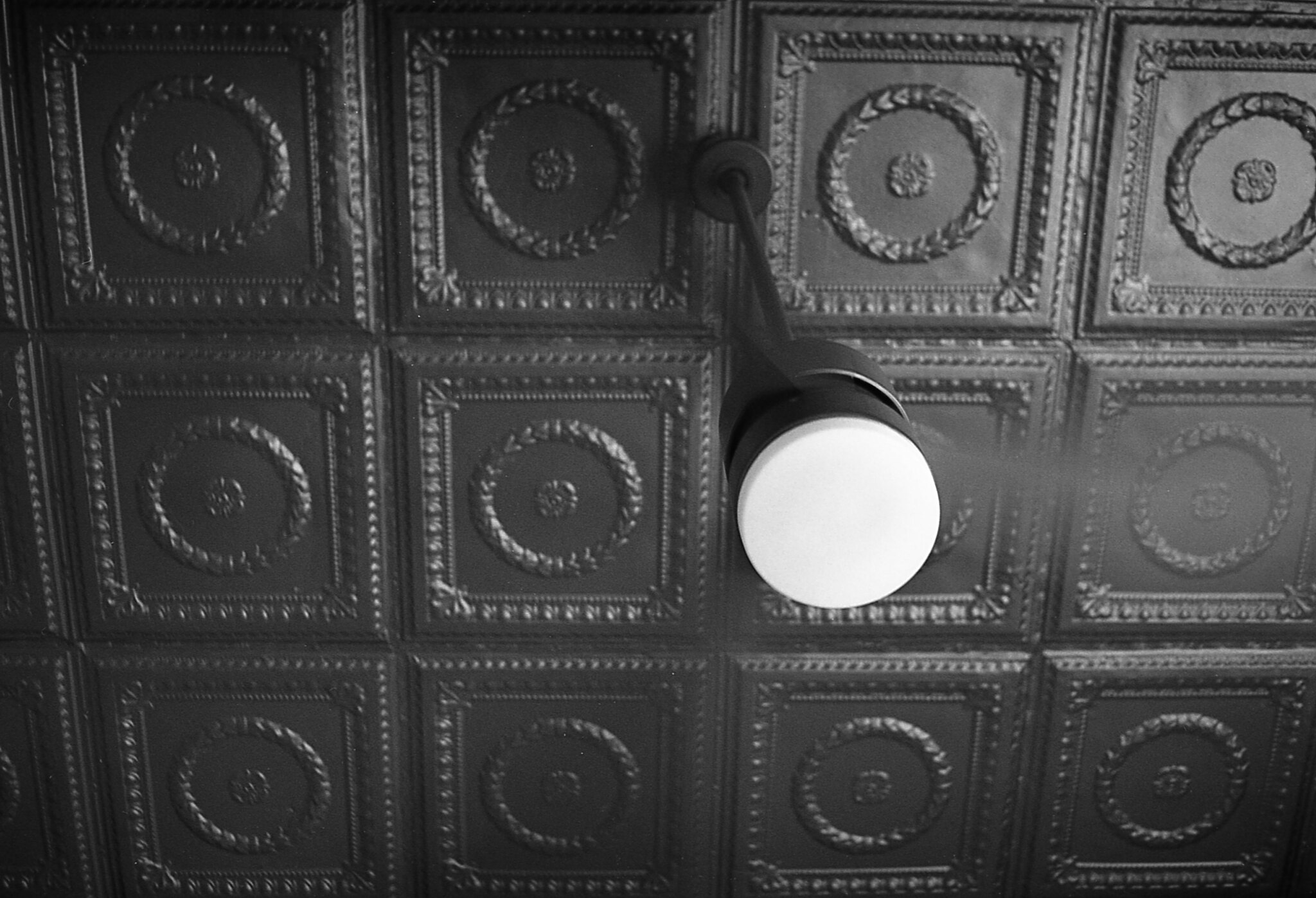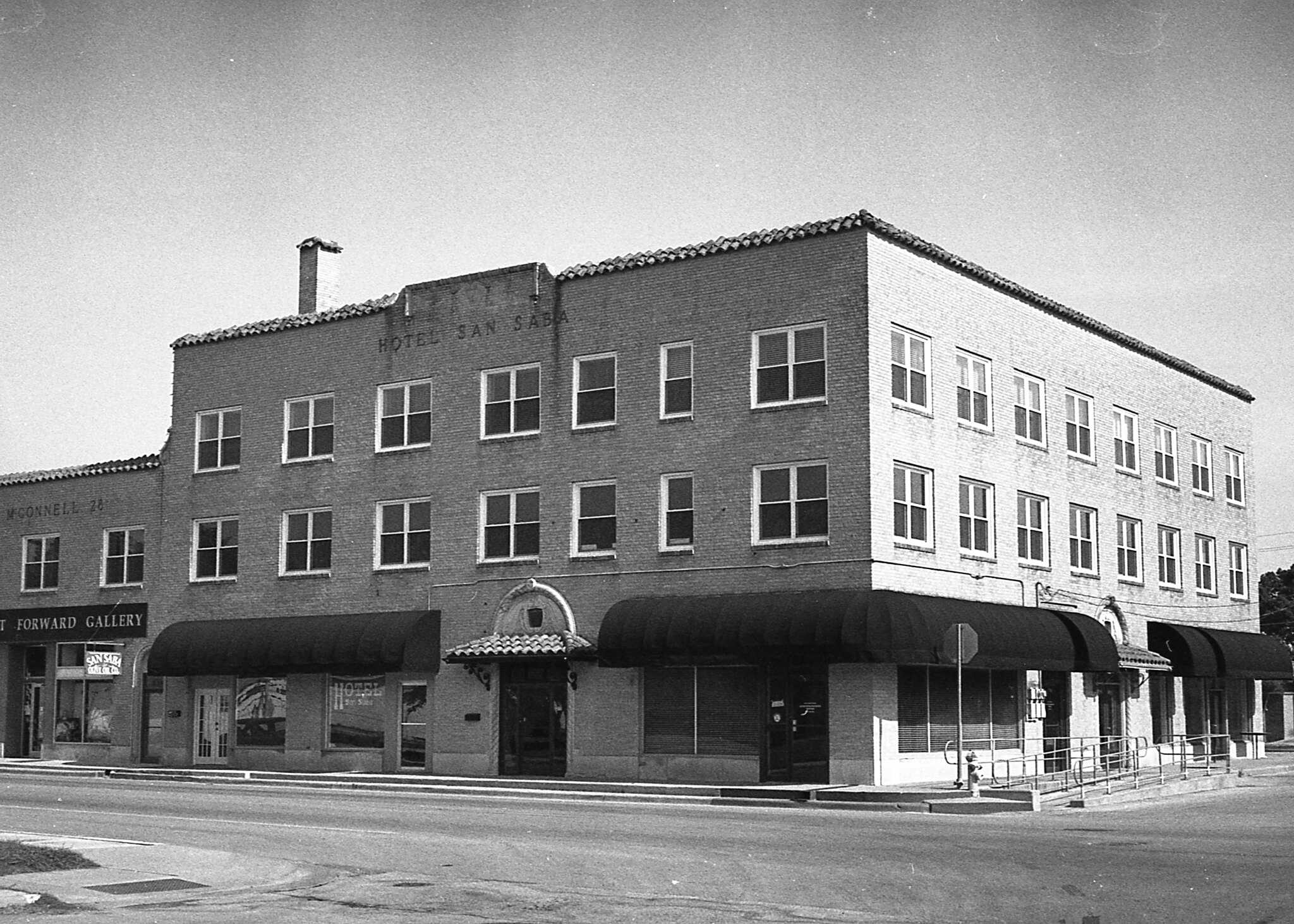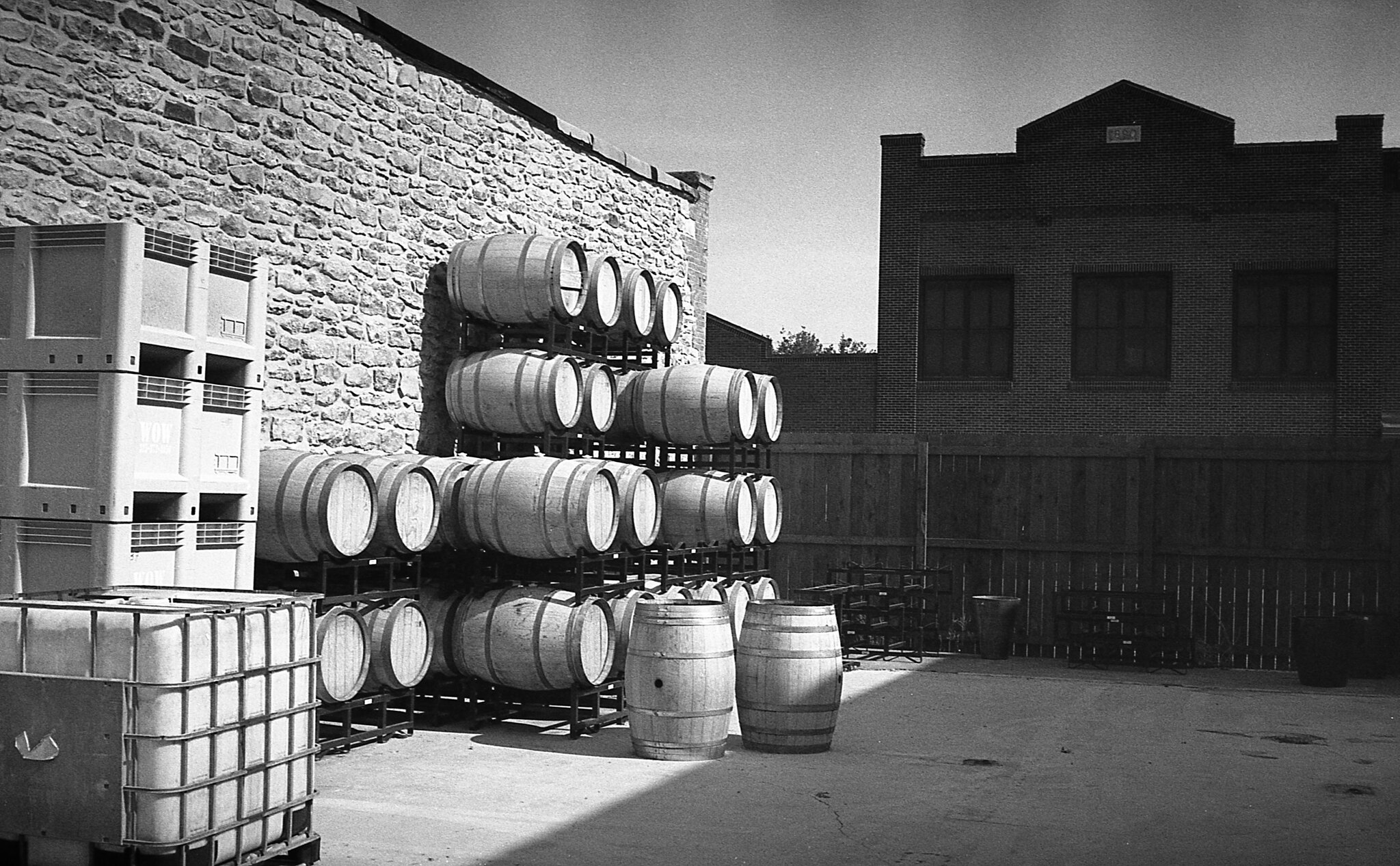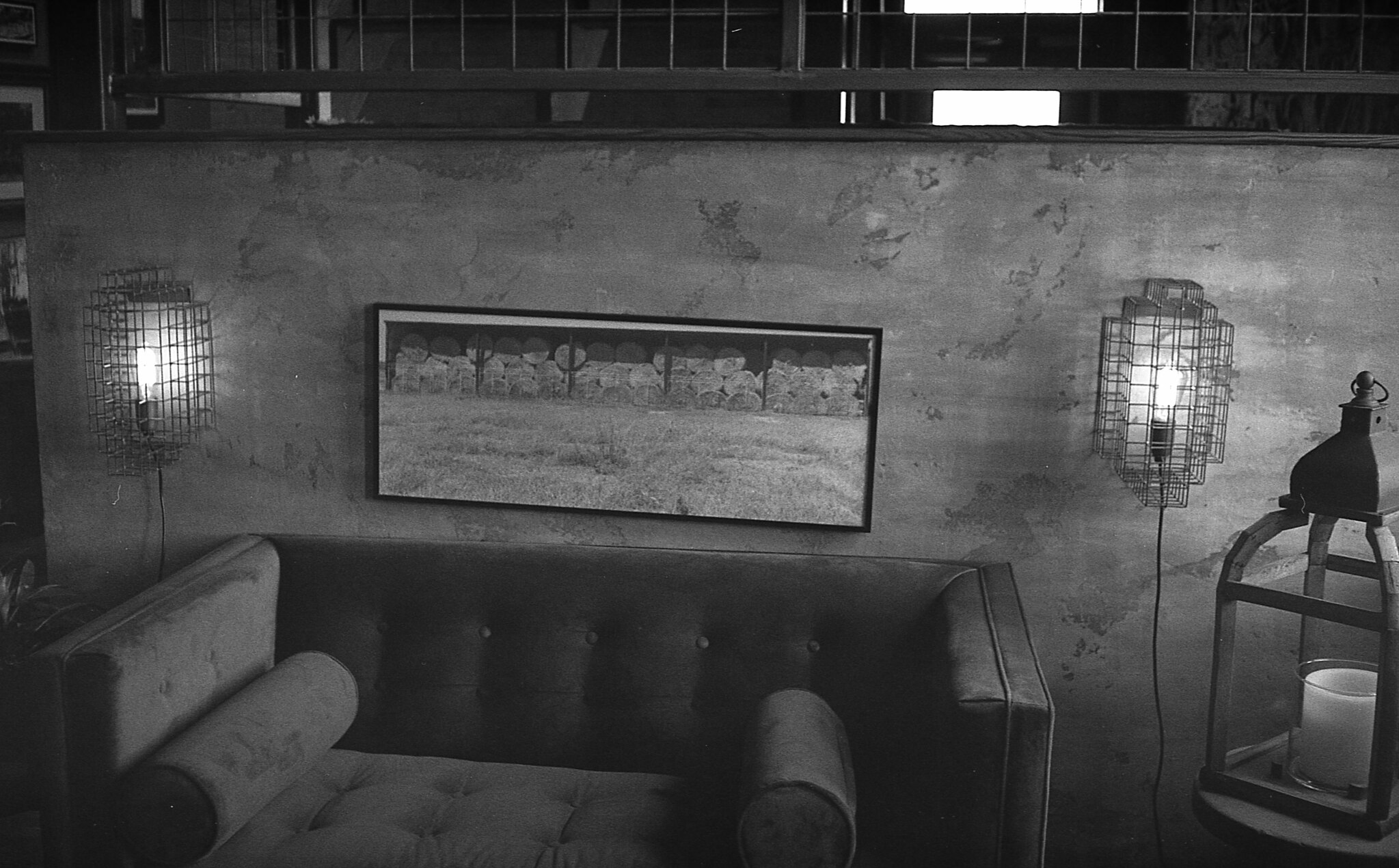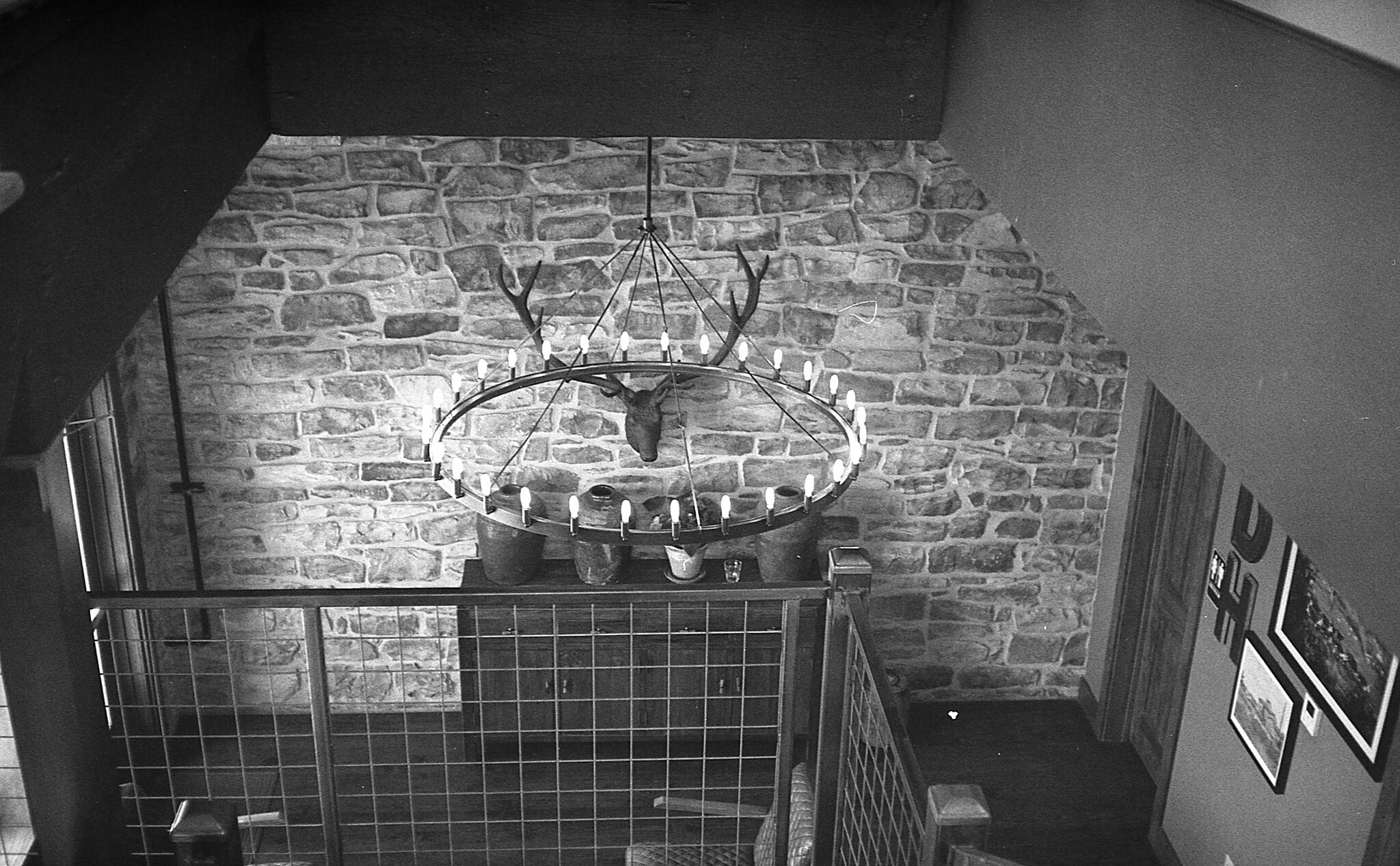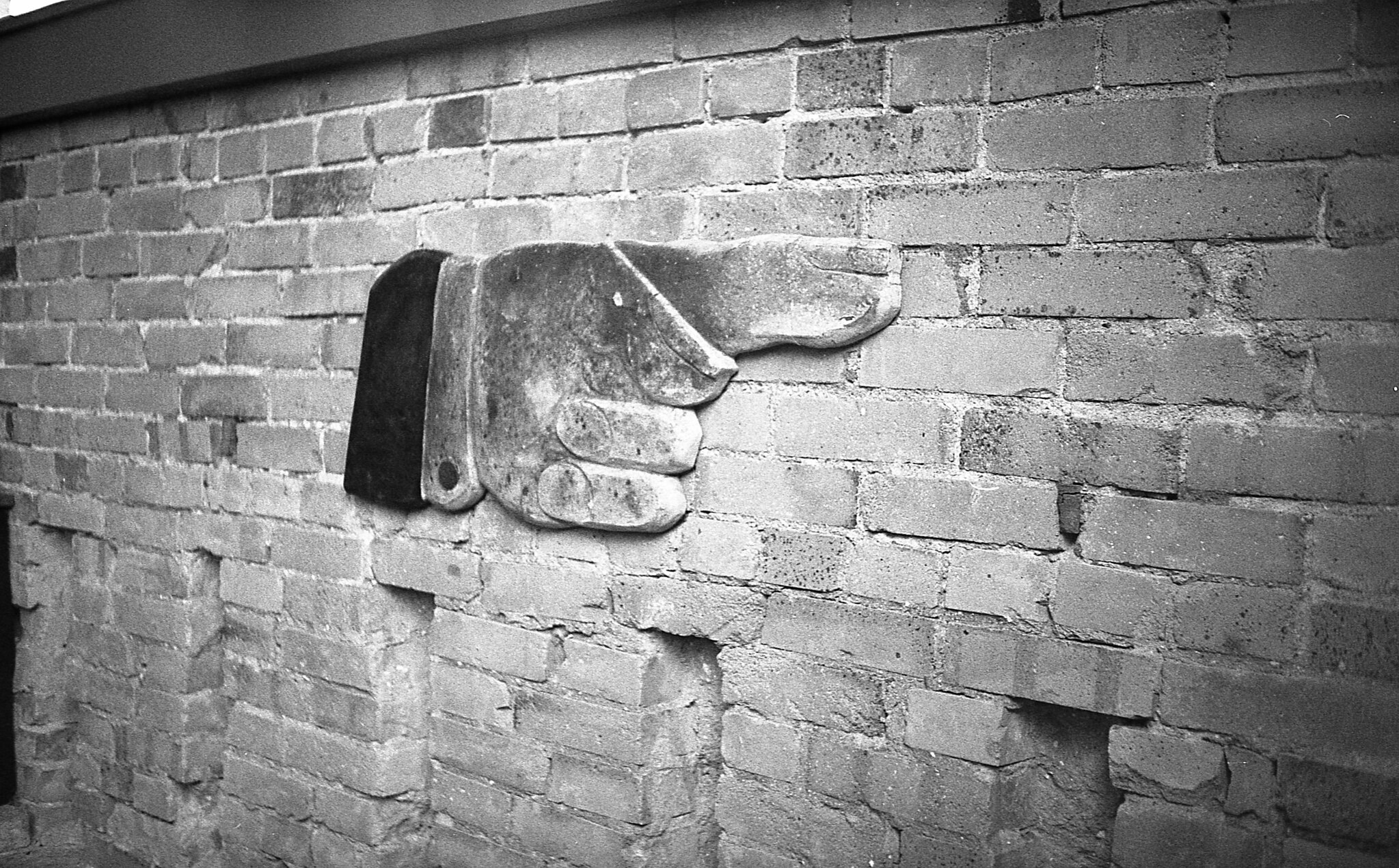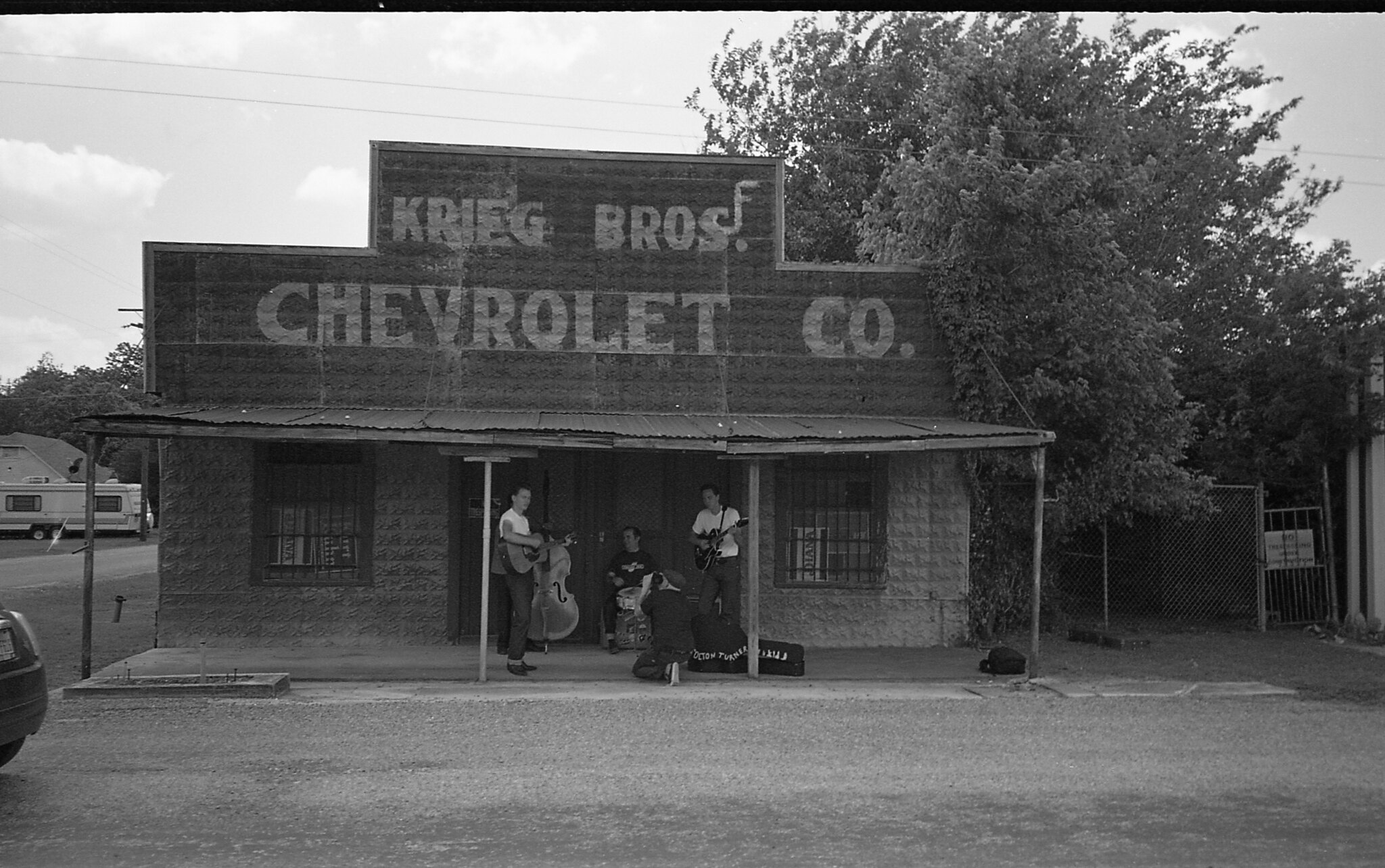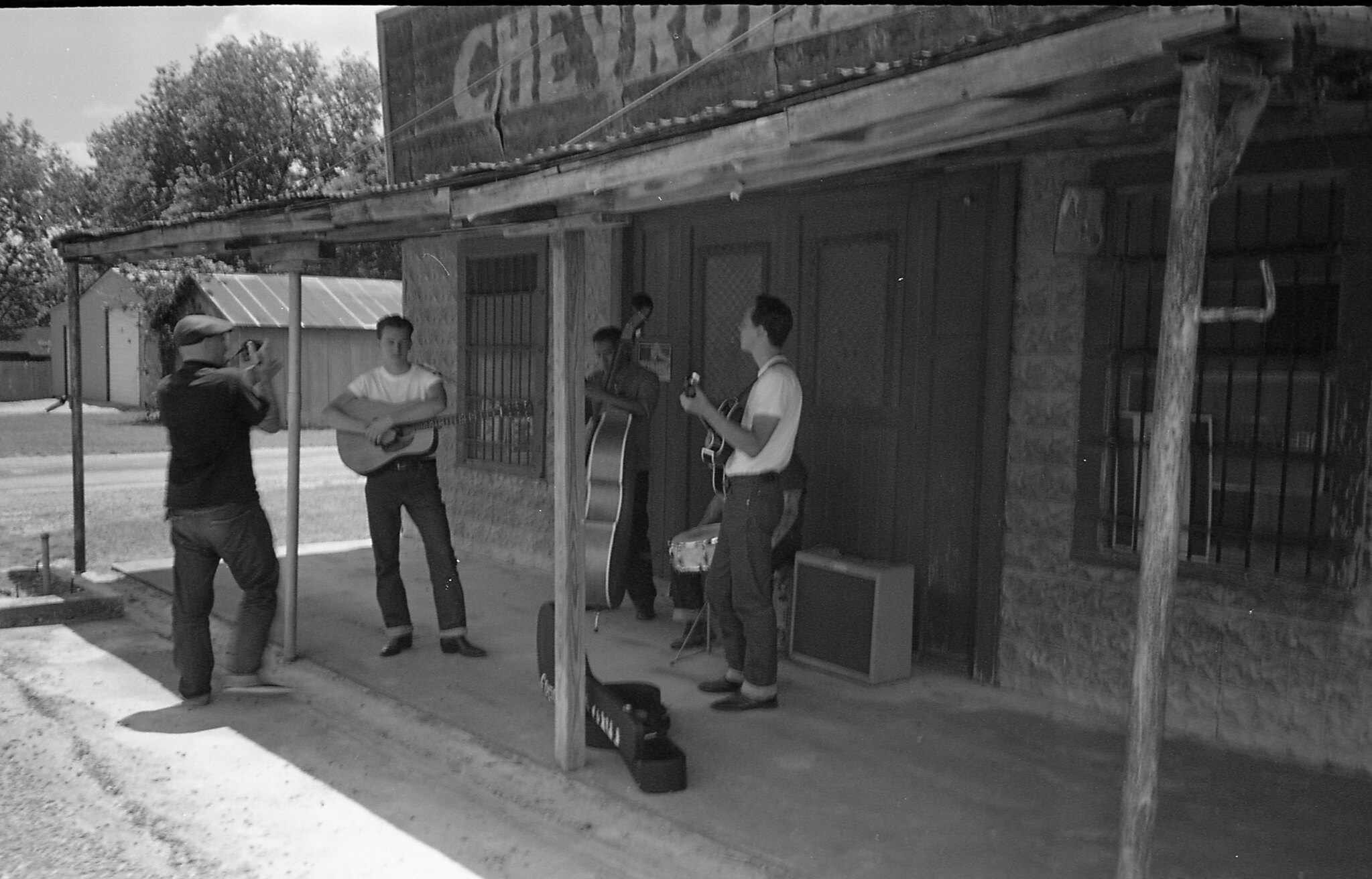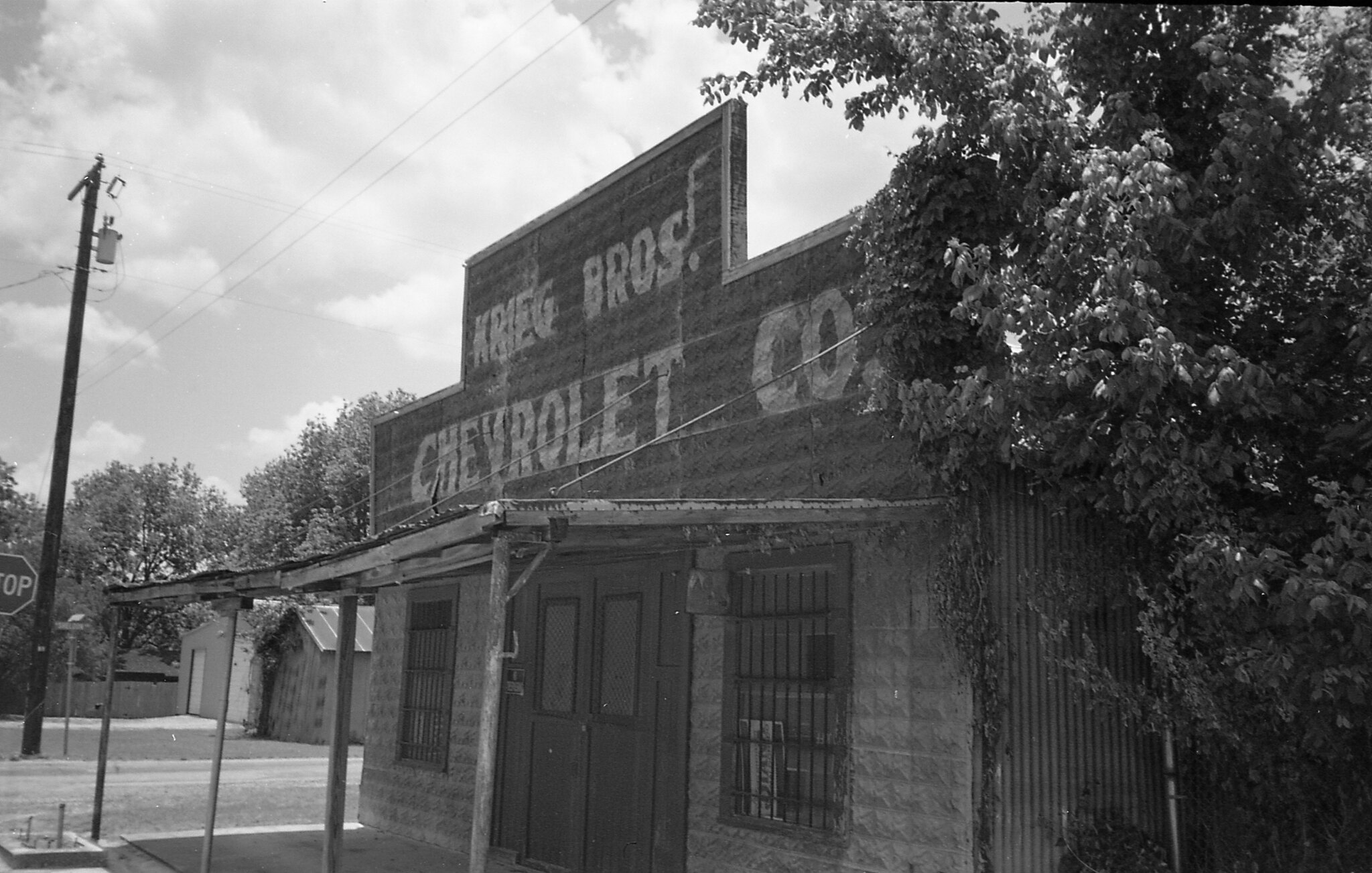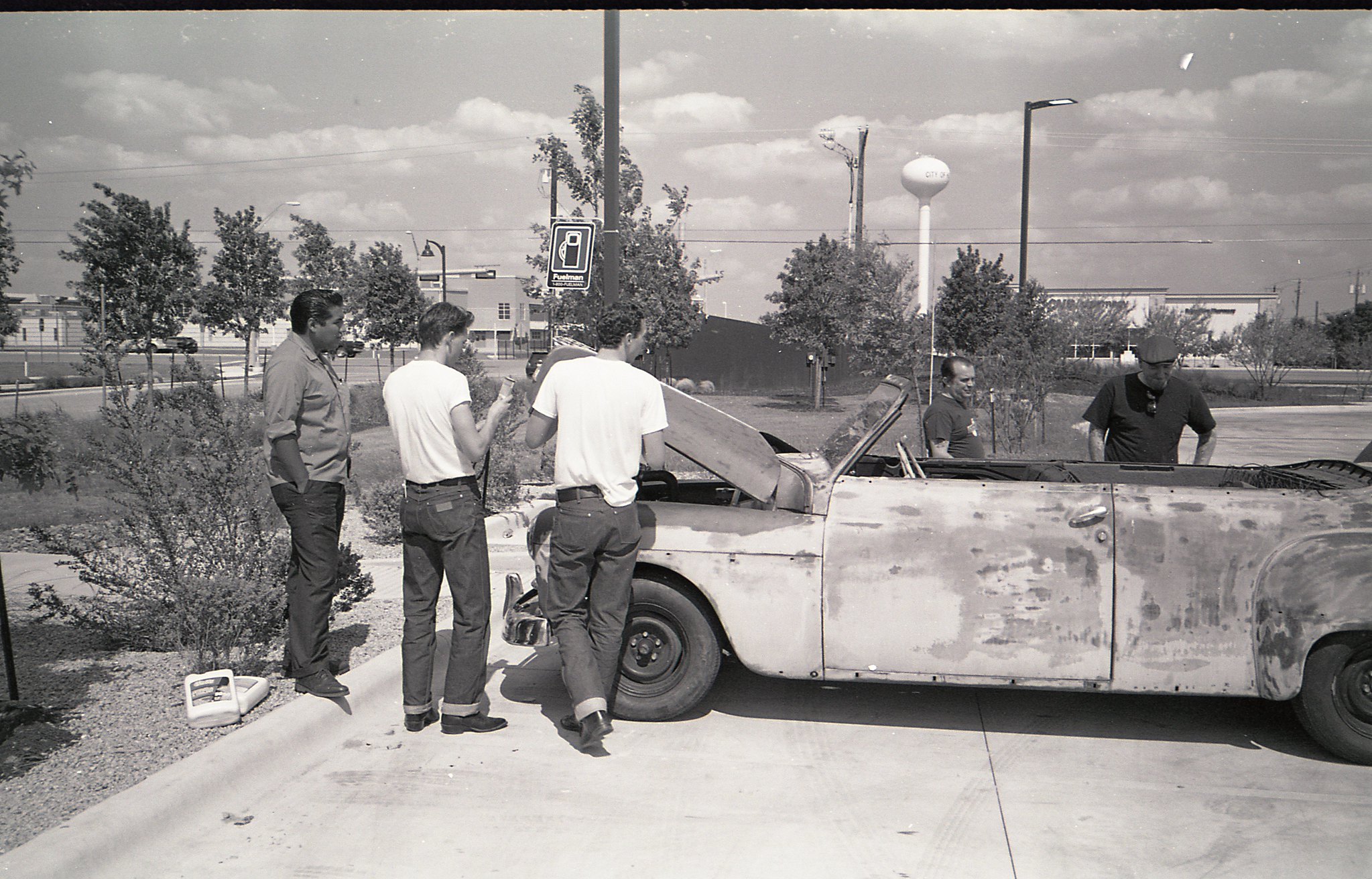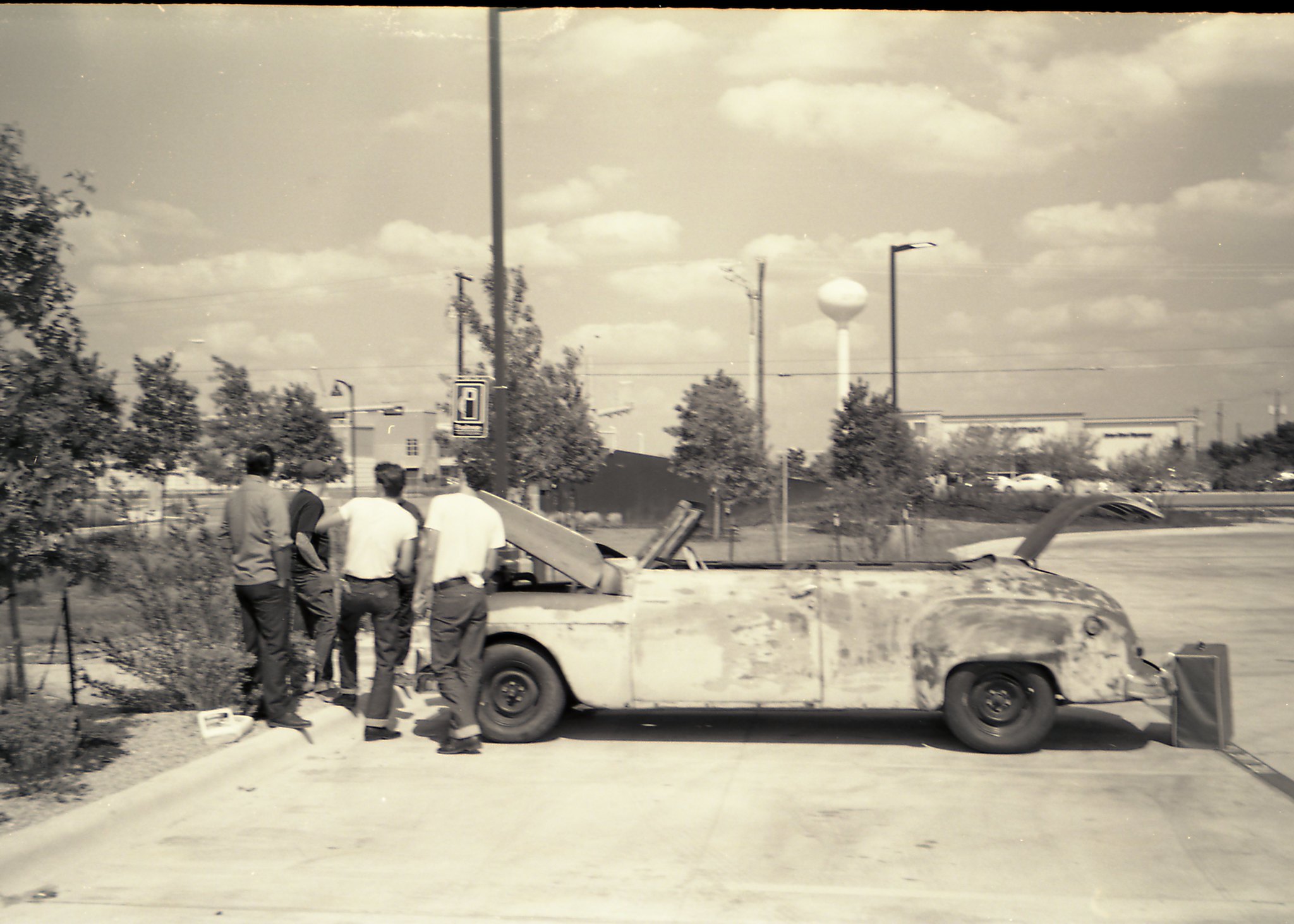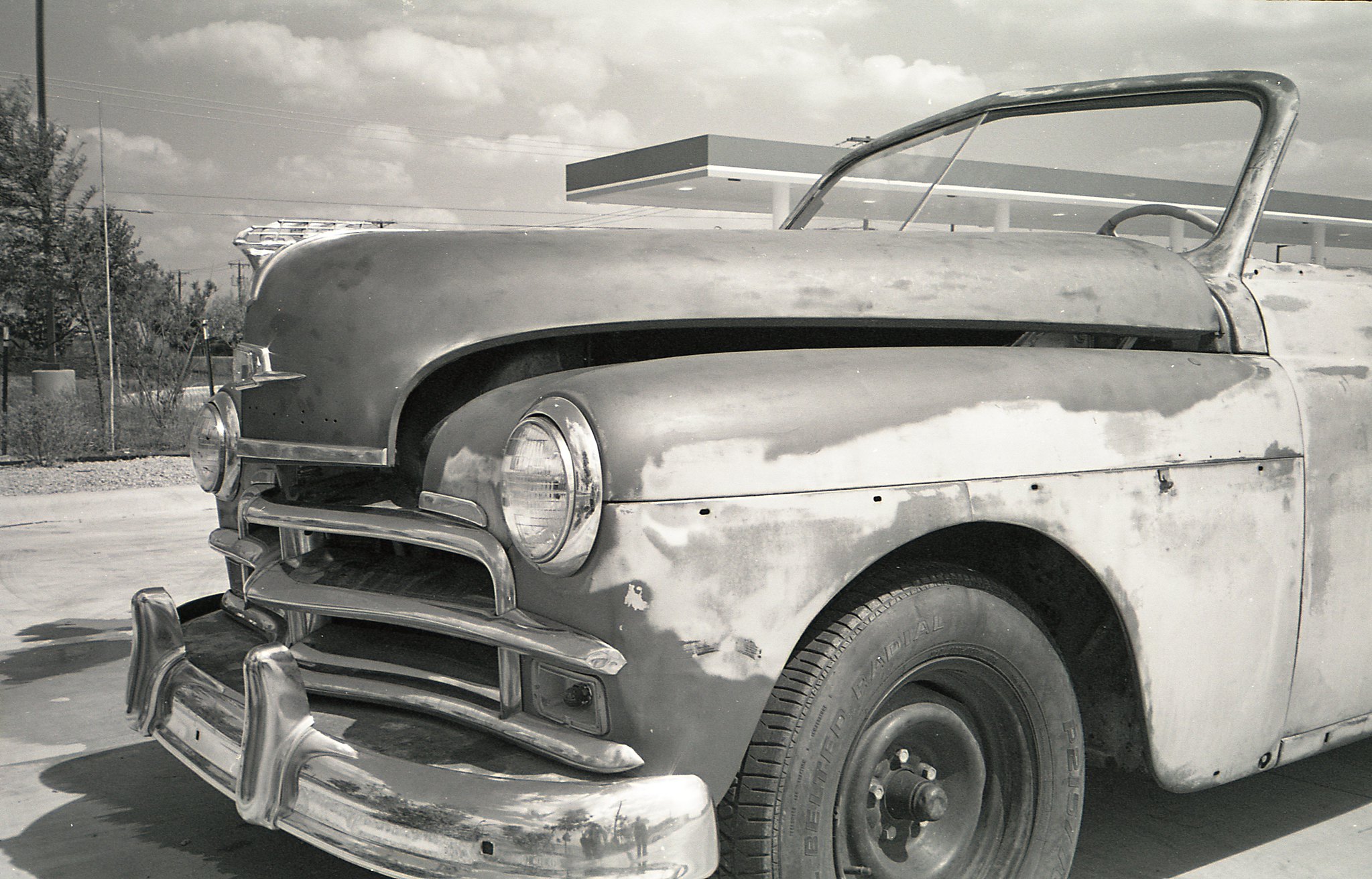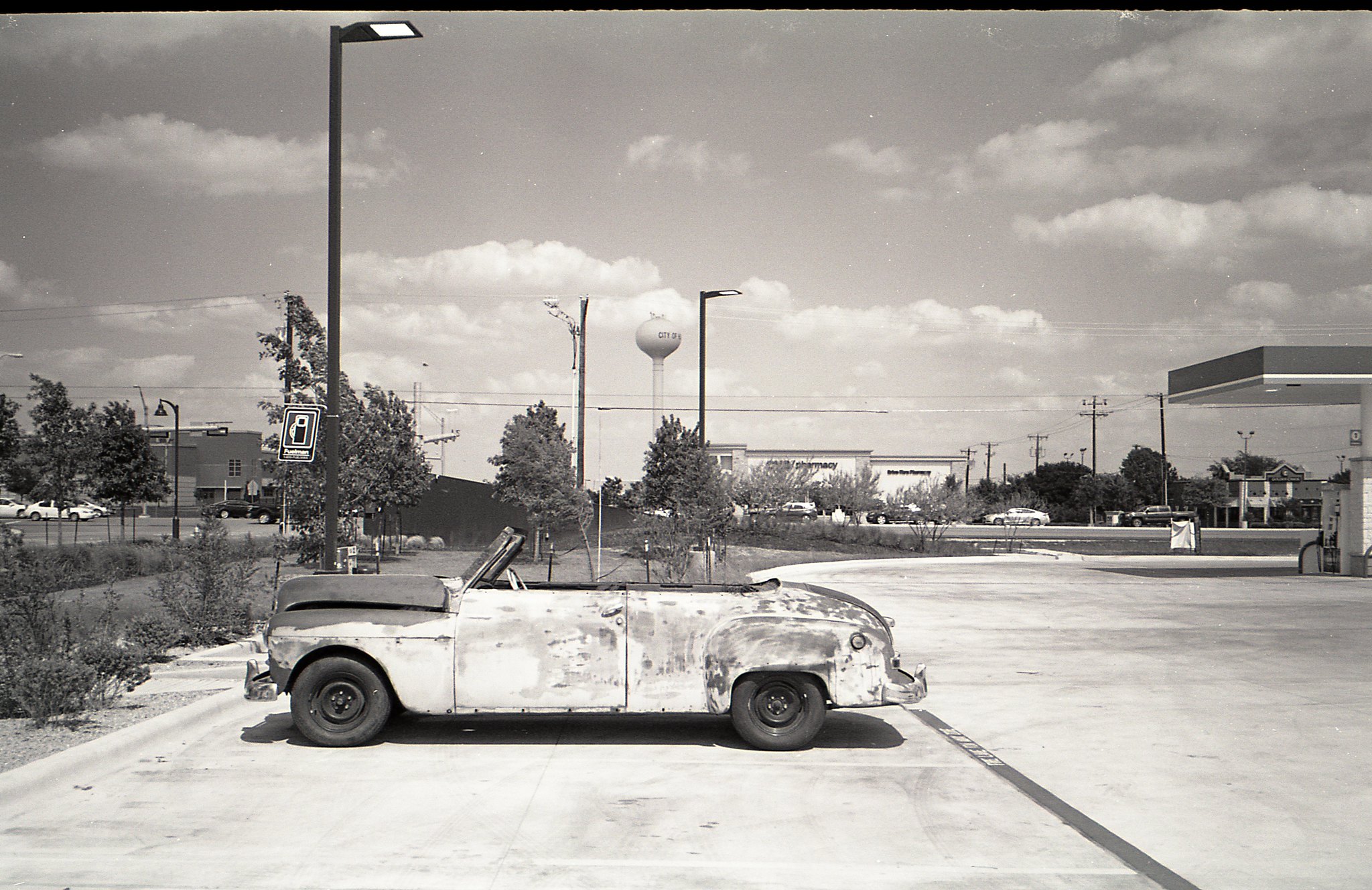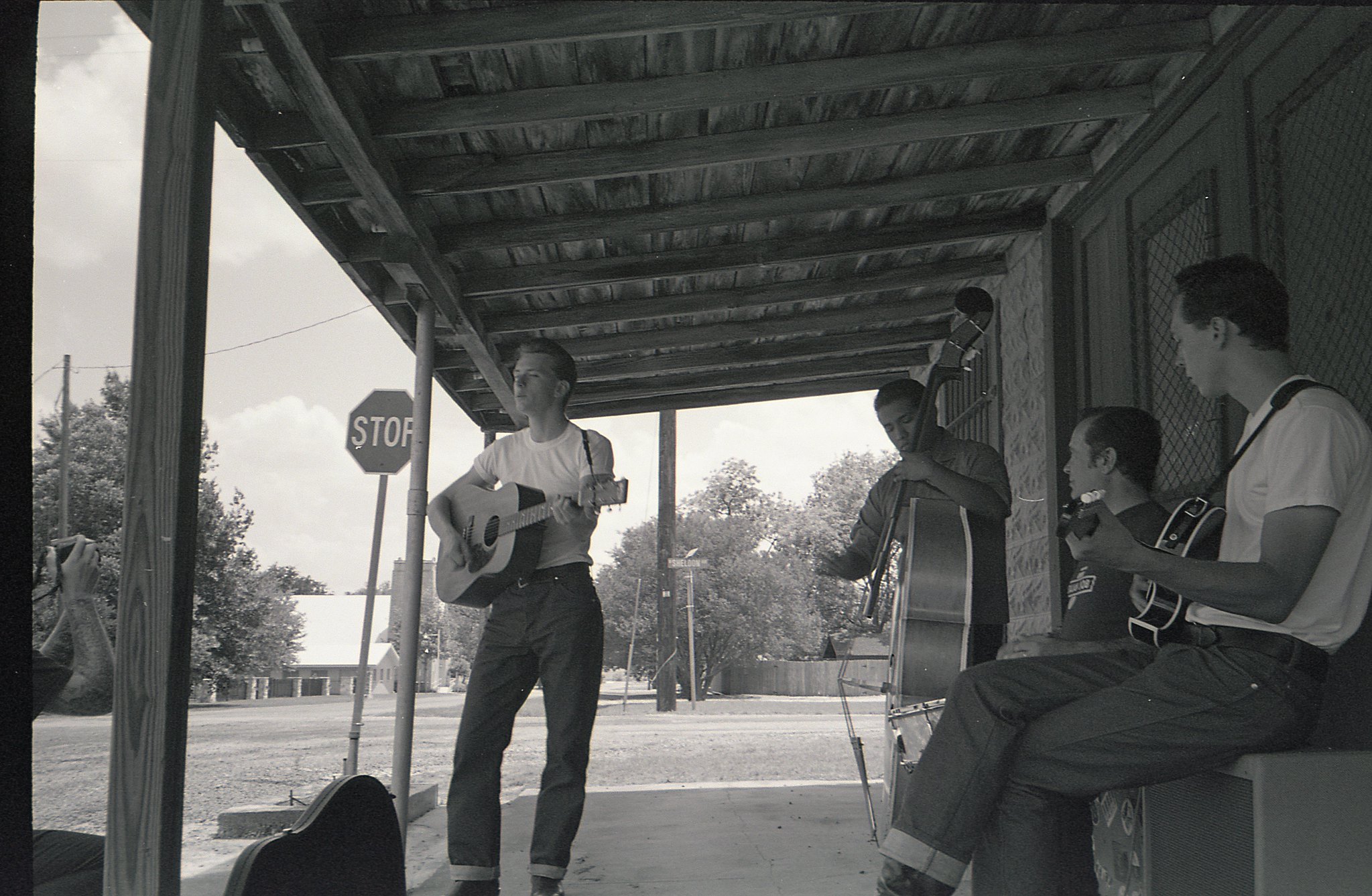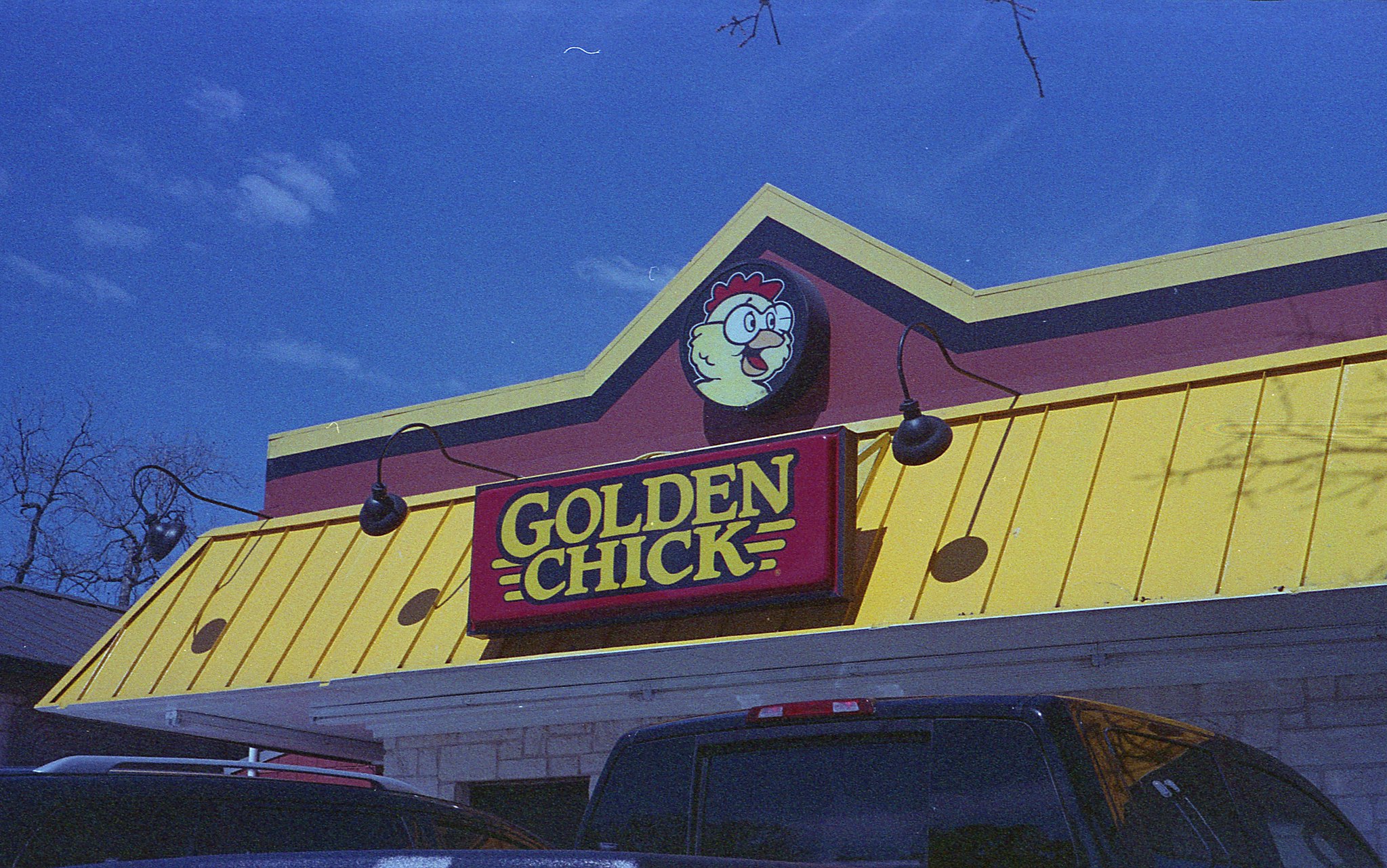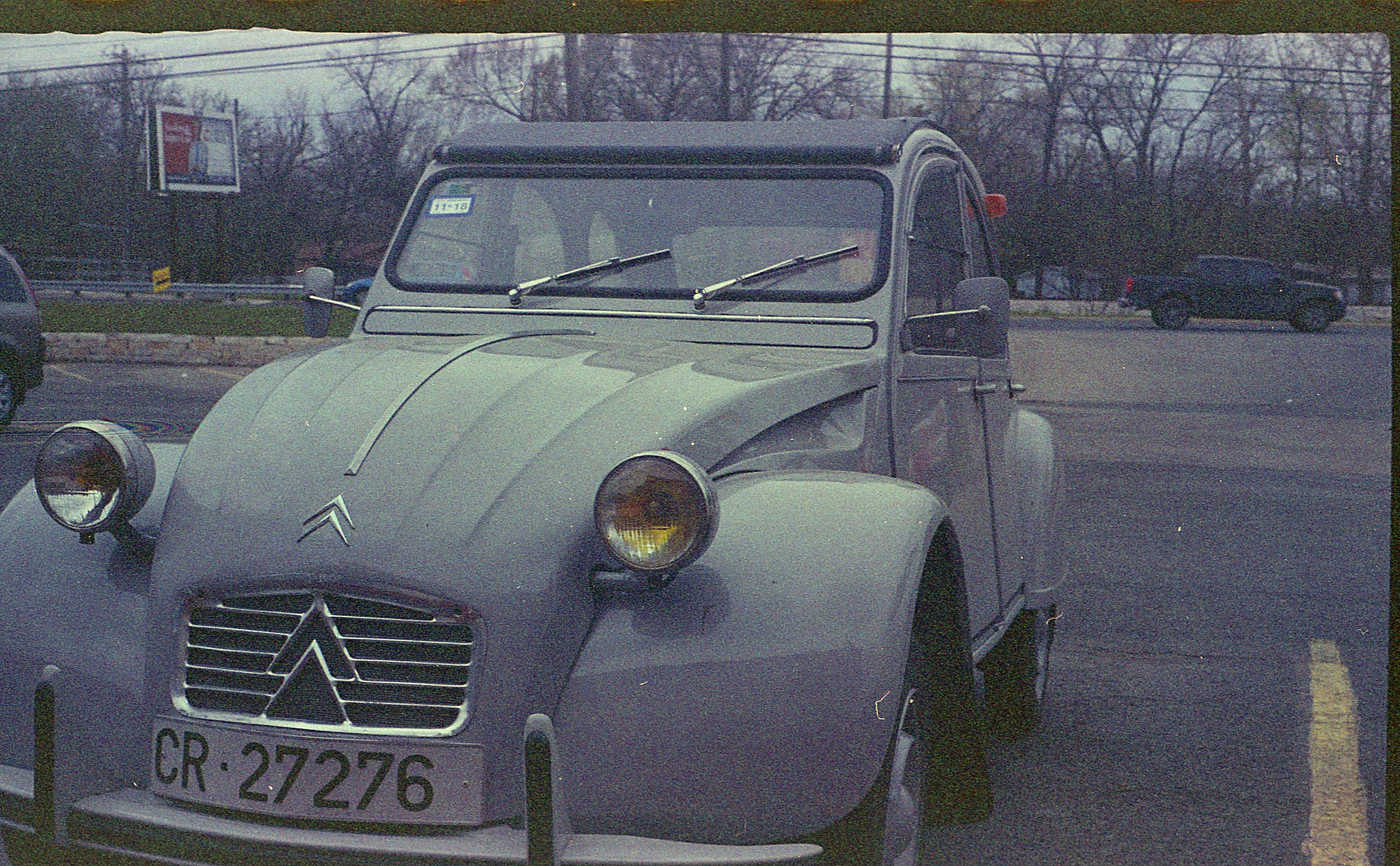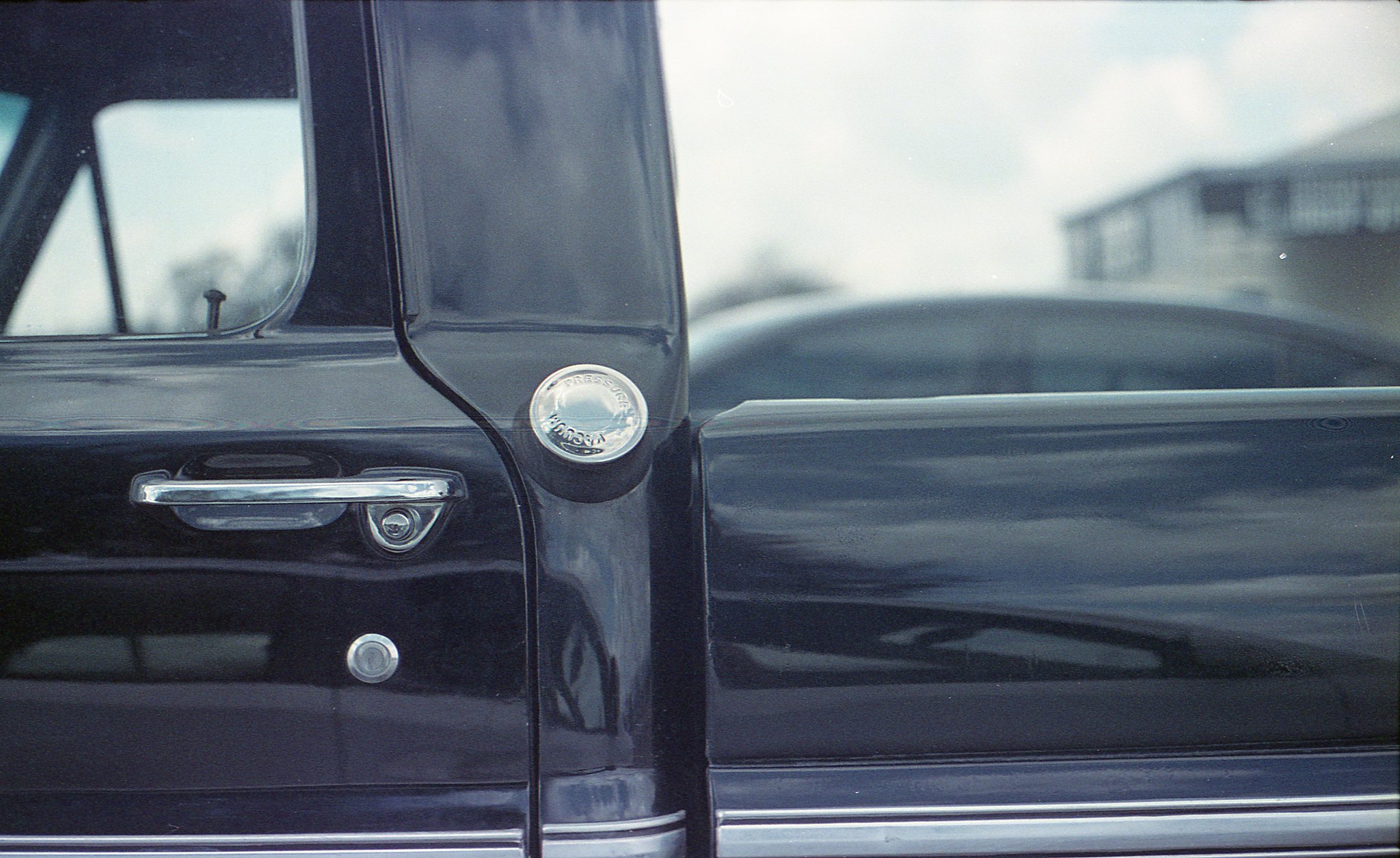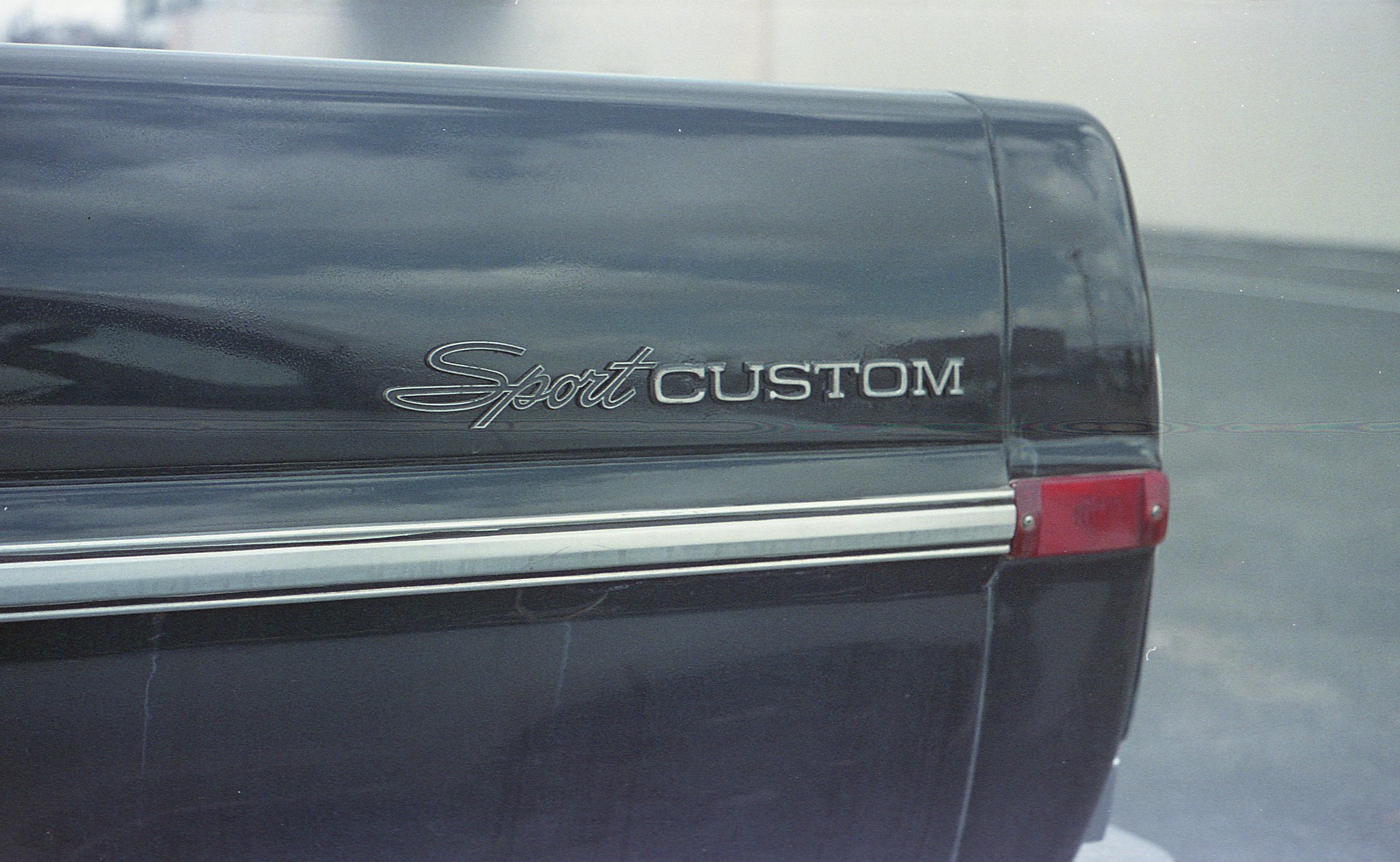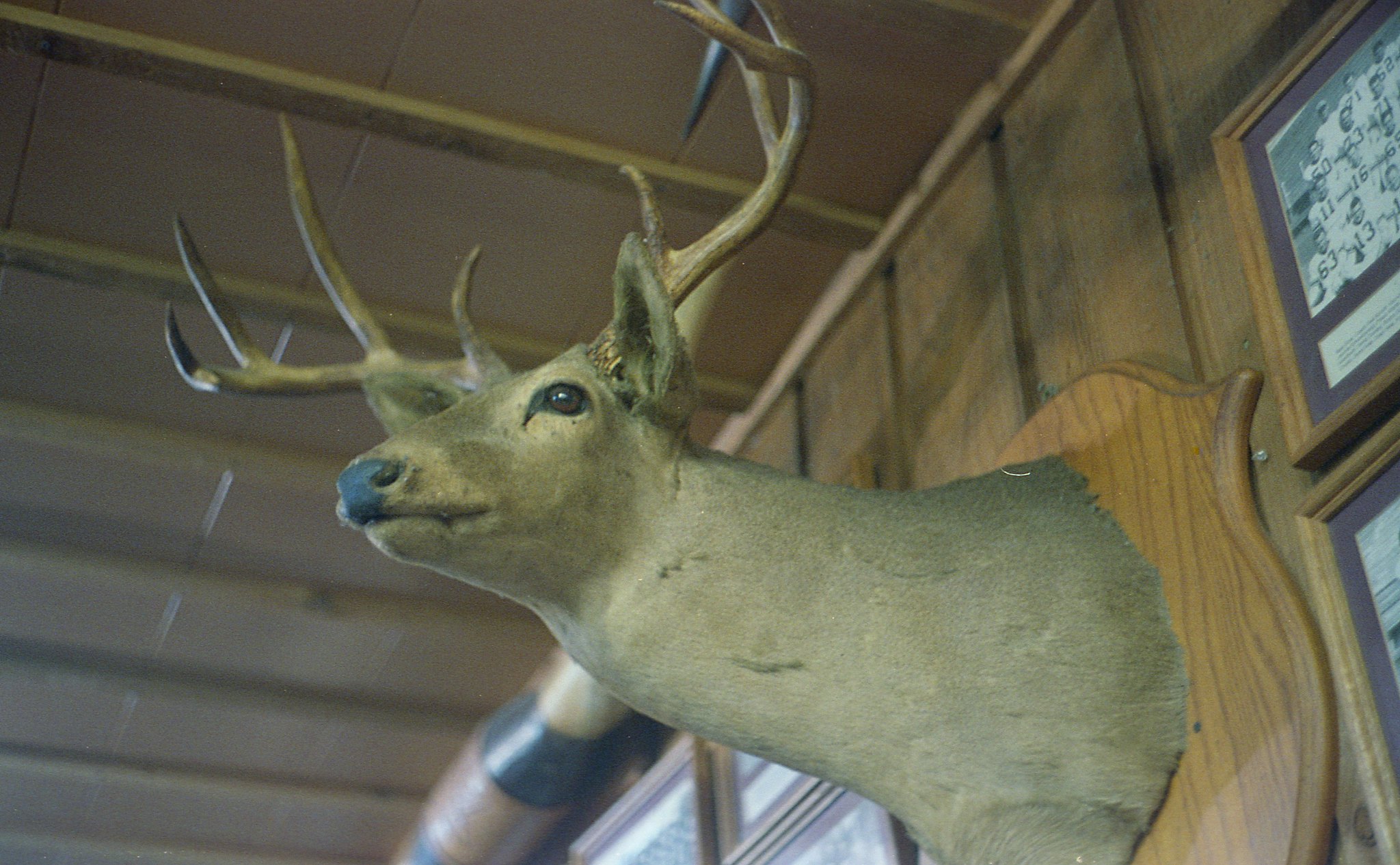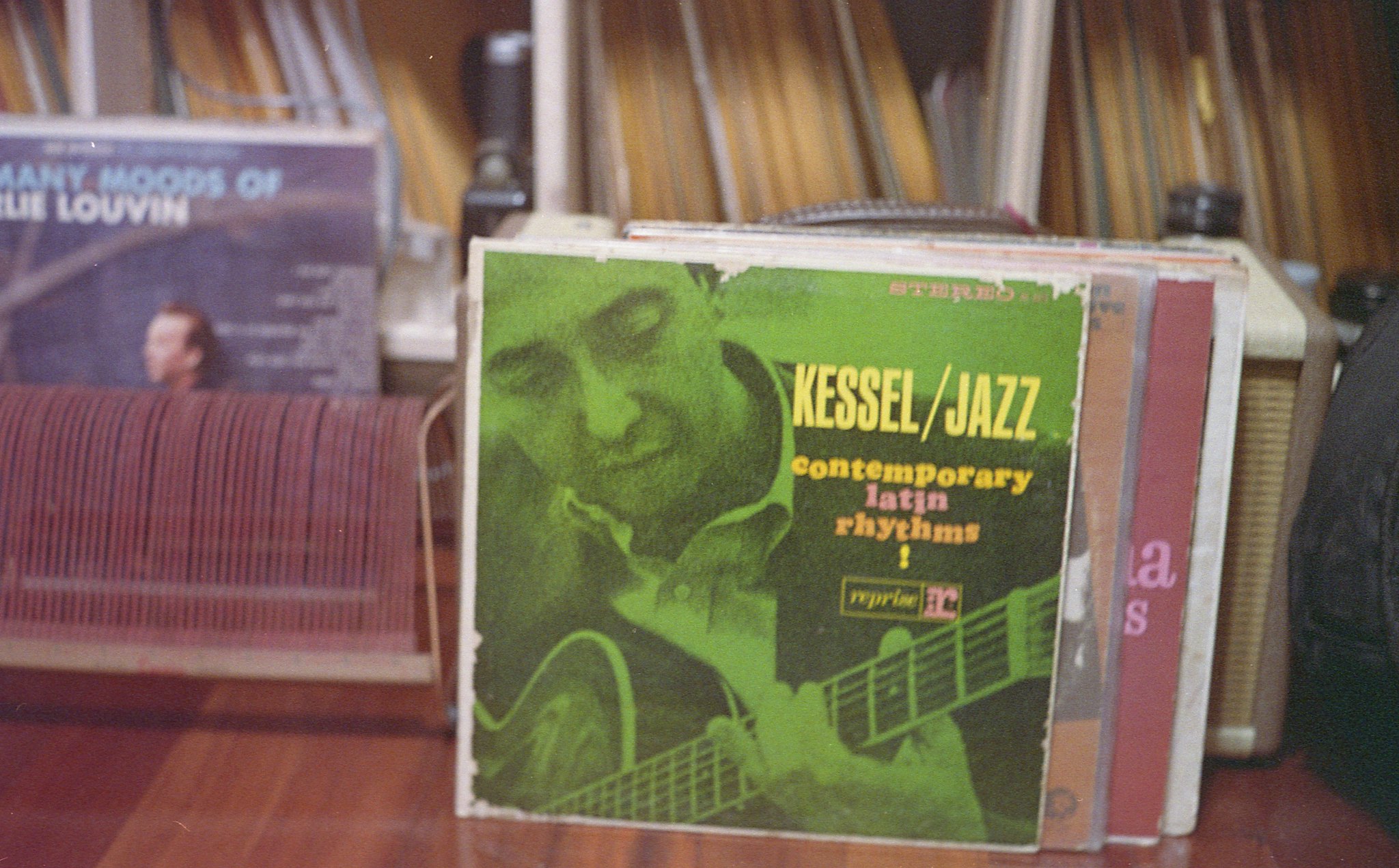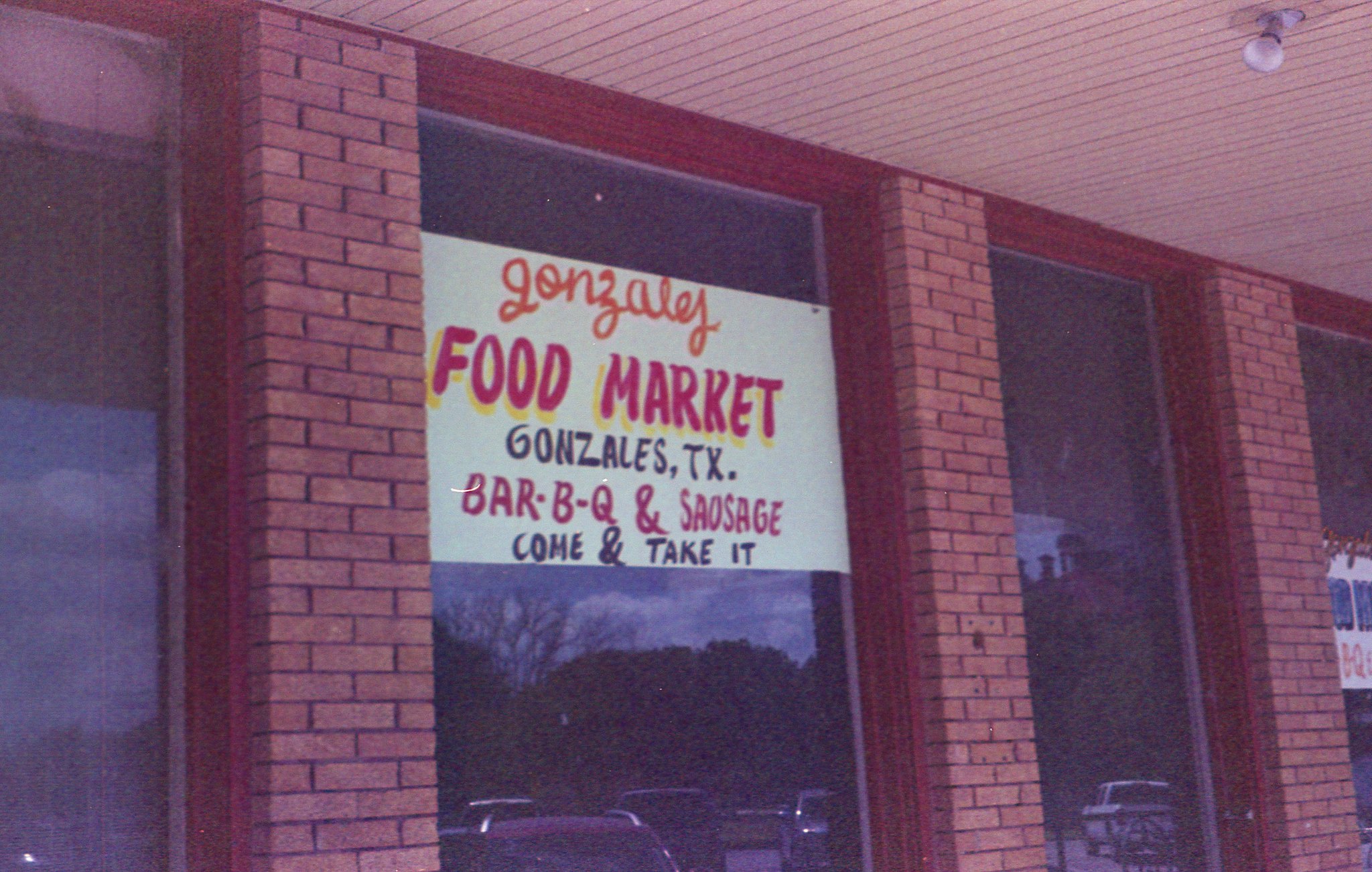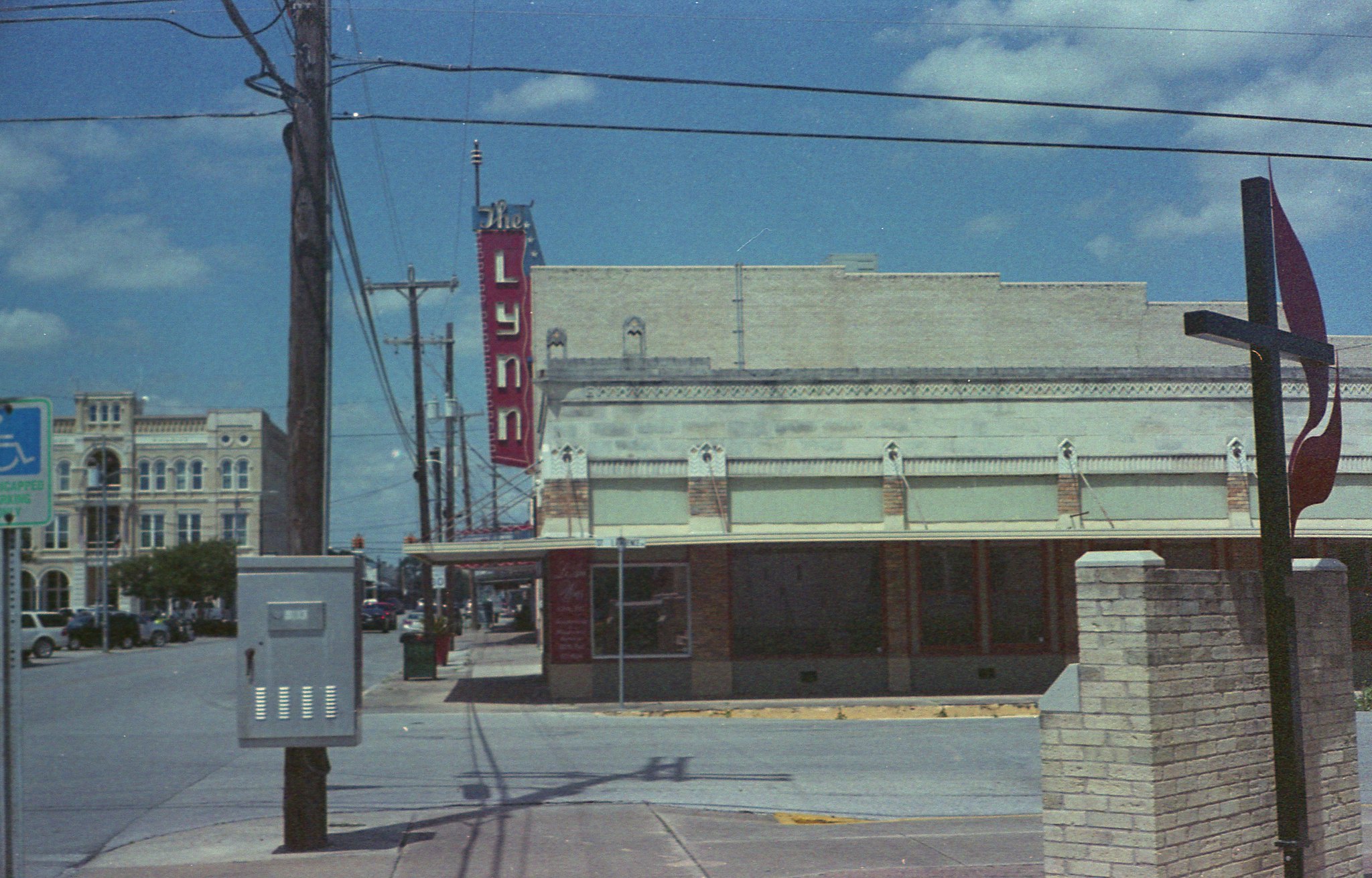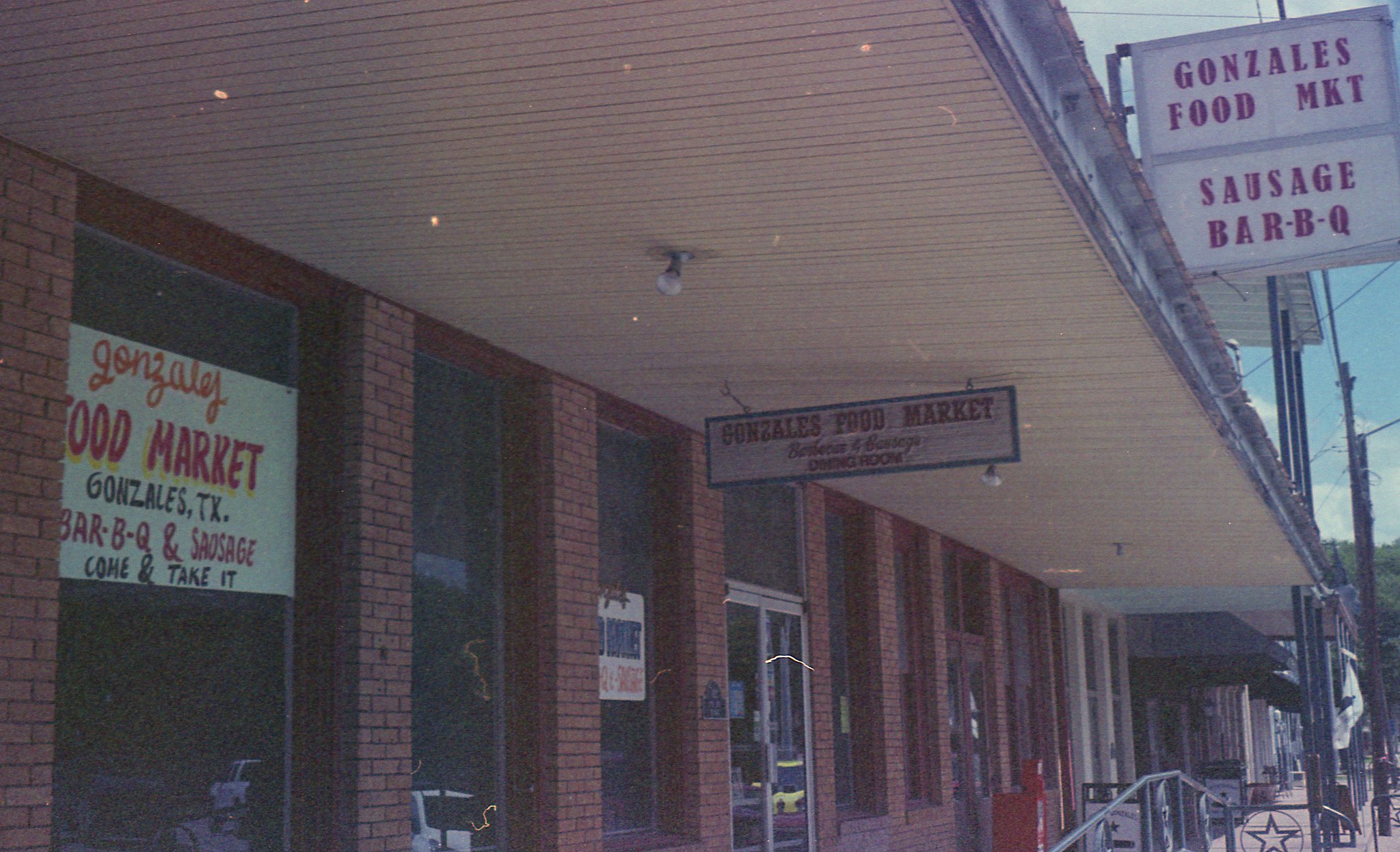
I've been interested in the Fujica 35 EE rangefinder for awhile. I was impressed with the quality of the pictures I was seeing online and intrigued by the funky quirks of the camera. But I was never tempted enough to drop the $40 or $50 they are usually listed for on eBay. So I admired them from afar but wasn't tripping over myself to get one.
Then something that never happens to me happened. I was at an antique store one weekend and they had a stash of old cameras. The Fujica caught my eye and I thought "surely that isn't a Fujica 35 EE"--but it was! The camera looked pretty clean but shutter was sticky. But for $12.50 I was willing to give it a shot.
This camera is super easy to work on. I believe there were only a couple of things to remove to get to the shutter. I used a generous amount of naphtha to get it moving. After letting it dry out, I applied graphite to the shutter blades and worked the shutter for a bit. Once I was satisfied that they were up and running, I blew out the excess with a can of compressed air and reassembled the lens.
I've picked this camera up from time to time since I got it to make sure everything was moving as it was supposed to. The shutter showed no signs of sluggishness so I feel good about using this camera.
The camera came in its original, tattered case. I'm always encouraged when I see this because it means that the selenium meter may have been protected over the years and might still work. The needle didn't even hesitate when exposed to light. It started jumping around ready for action. I compared it to the light meter app on my phone and it seems pretty darn accurate.
Let's talk about the weight of this camera for a minute. Yes, it has quite a bit of heft to it. You could definitely clobber a guy with it if you felt threatened. But there's something reassuring about a nice, solid camera in your hand(s) so don't let the idea of a 2 lbs. camera deter you from picking one up. Unless you're weak. Then maybe you should steer clear of this one and buy a plastic point and shoot.
I like the thumb wheel for adjusting the focus. You can hold the camera steady with two hands while you set your focus. As some users have pointed out, the adjustment moves the bigger image to align with the smaller patch. I didn't really notice it until I read that online. The small patch is stagnant and the full frame moves when focusing. Quirky--but it didn't bother me at all.
The highest ISO supported by this camera is 200. The camera has a full compliment of shutter speeds plus bulb setting with a top speed of 1/1000 of a second! So you're able to use a wider aperture during bright light situations if that's what you're going for.
The camera can be operated in auto mode or full manual. The light meter read out is located on top of the camera. The viewfinder only shows the framing lines, rangefinder patch, and has a dot that will turn red if the exposure isn't correct given the conditions you're shooting under. When you select the auto mode, the shutter release button pops up to let you know you're in auto mode. I don't care for the extra long travel of the shutter release button in auto mode but it was only mildly annoying.
There's a release lever on the front of the camera that must be slid to the side when you want to access slower shutter speeds.
Overall, I think this is a great camera that should serve you well.
Film: Fujicolor 200
Developer: Unicolor C-41 Kit
Scanner: Epson V550






Next month's camera: GAF L-17 SLR Camera


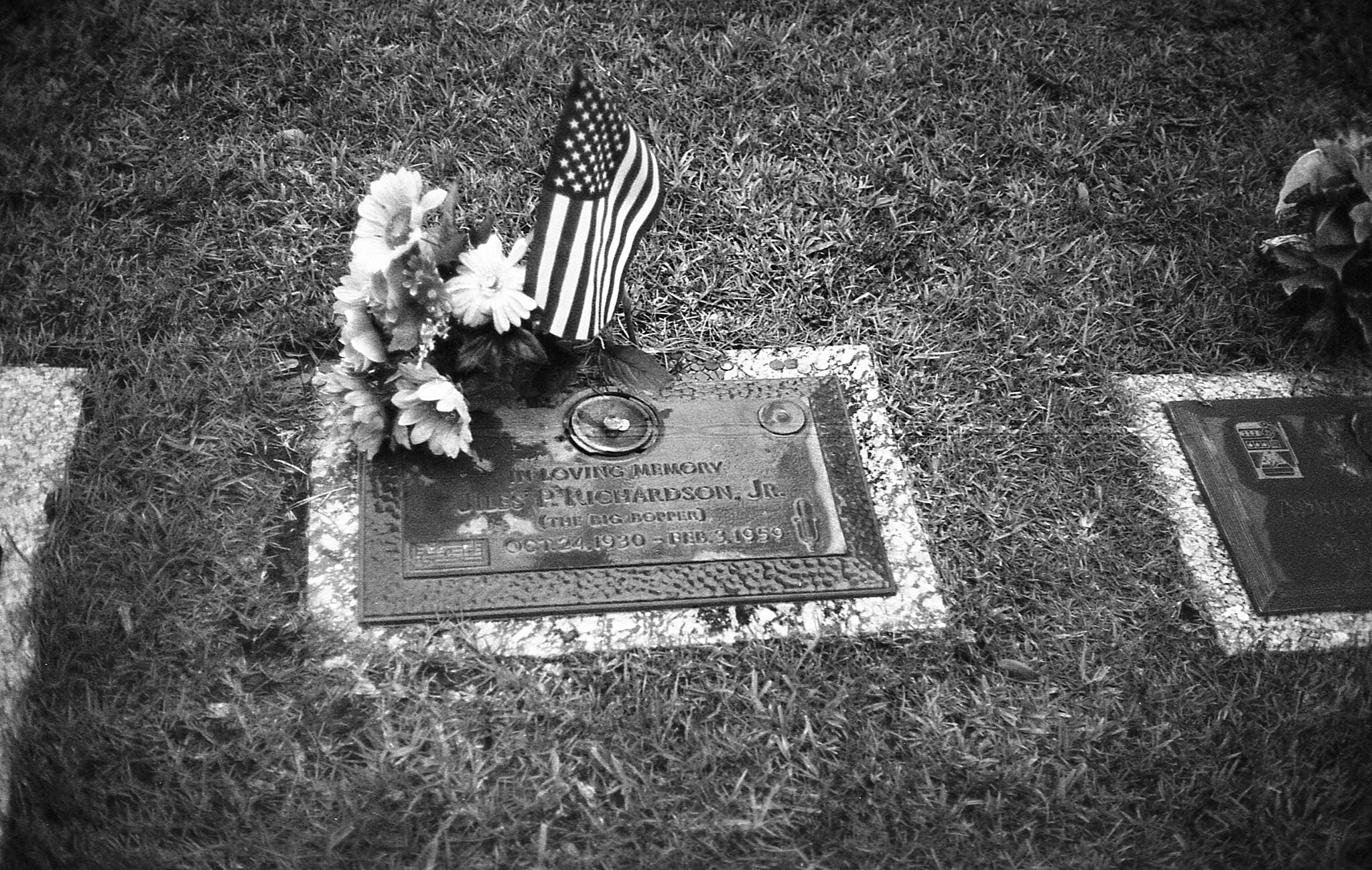
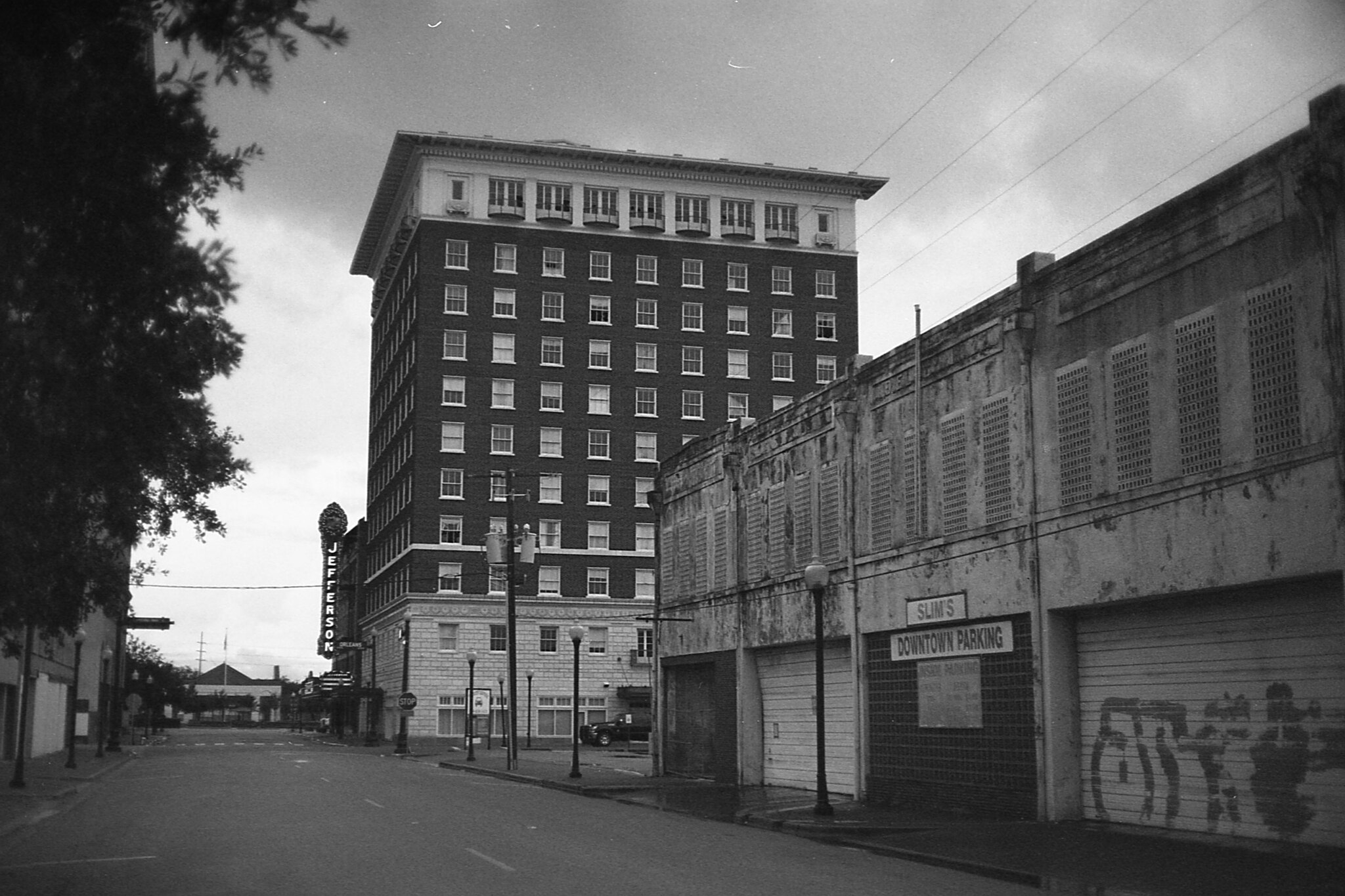
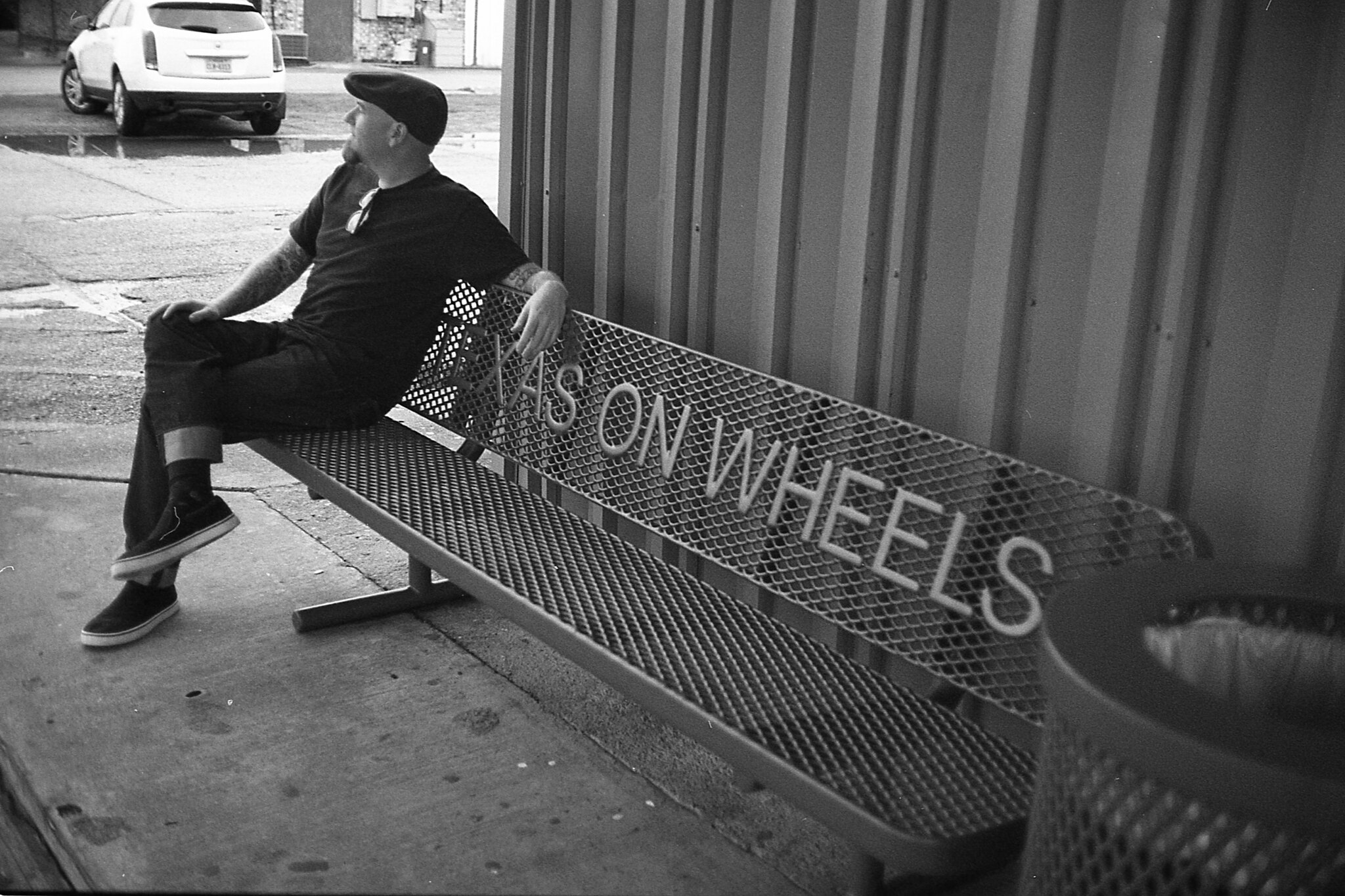
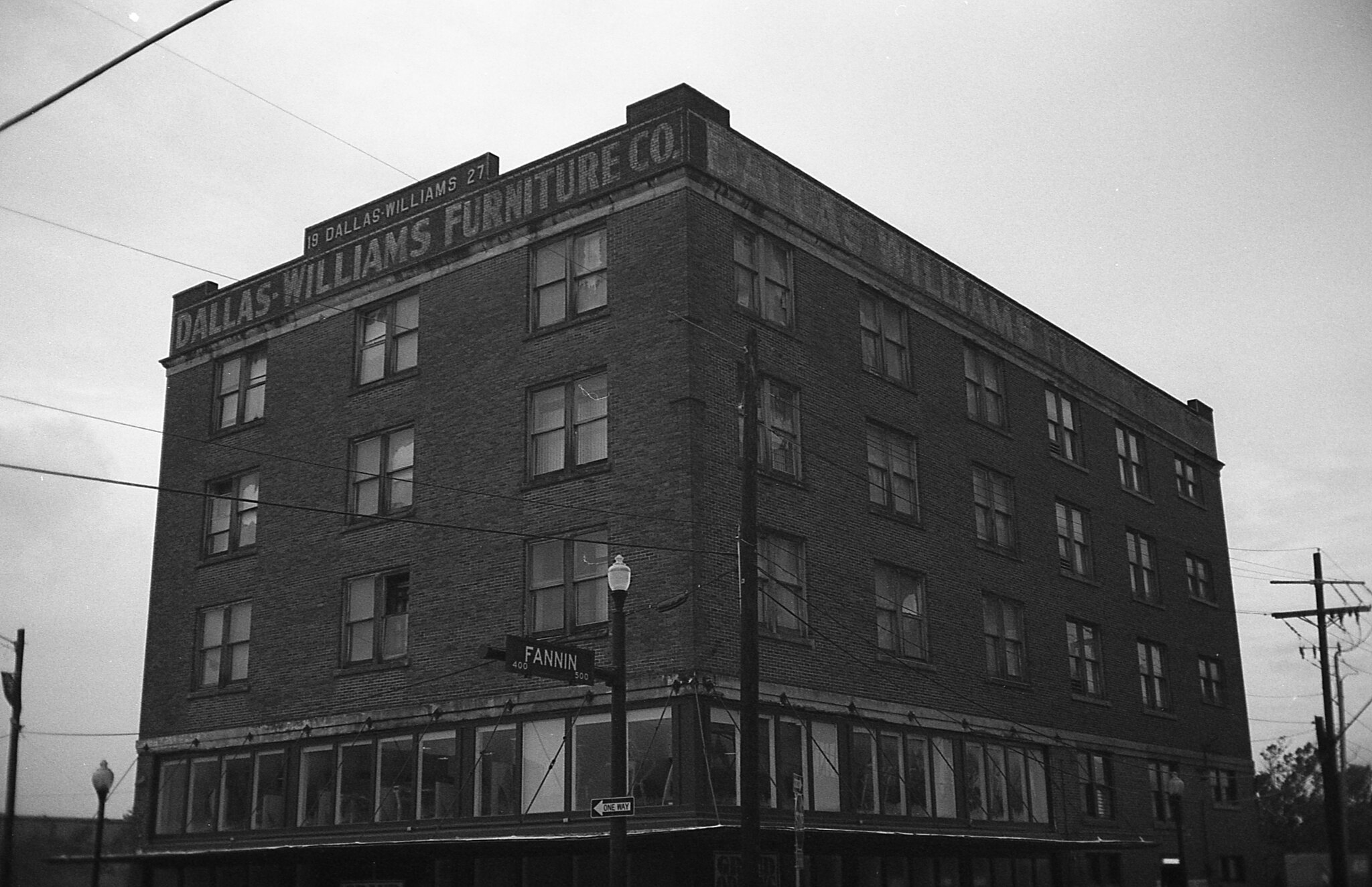
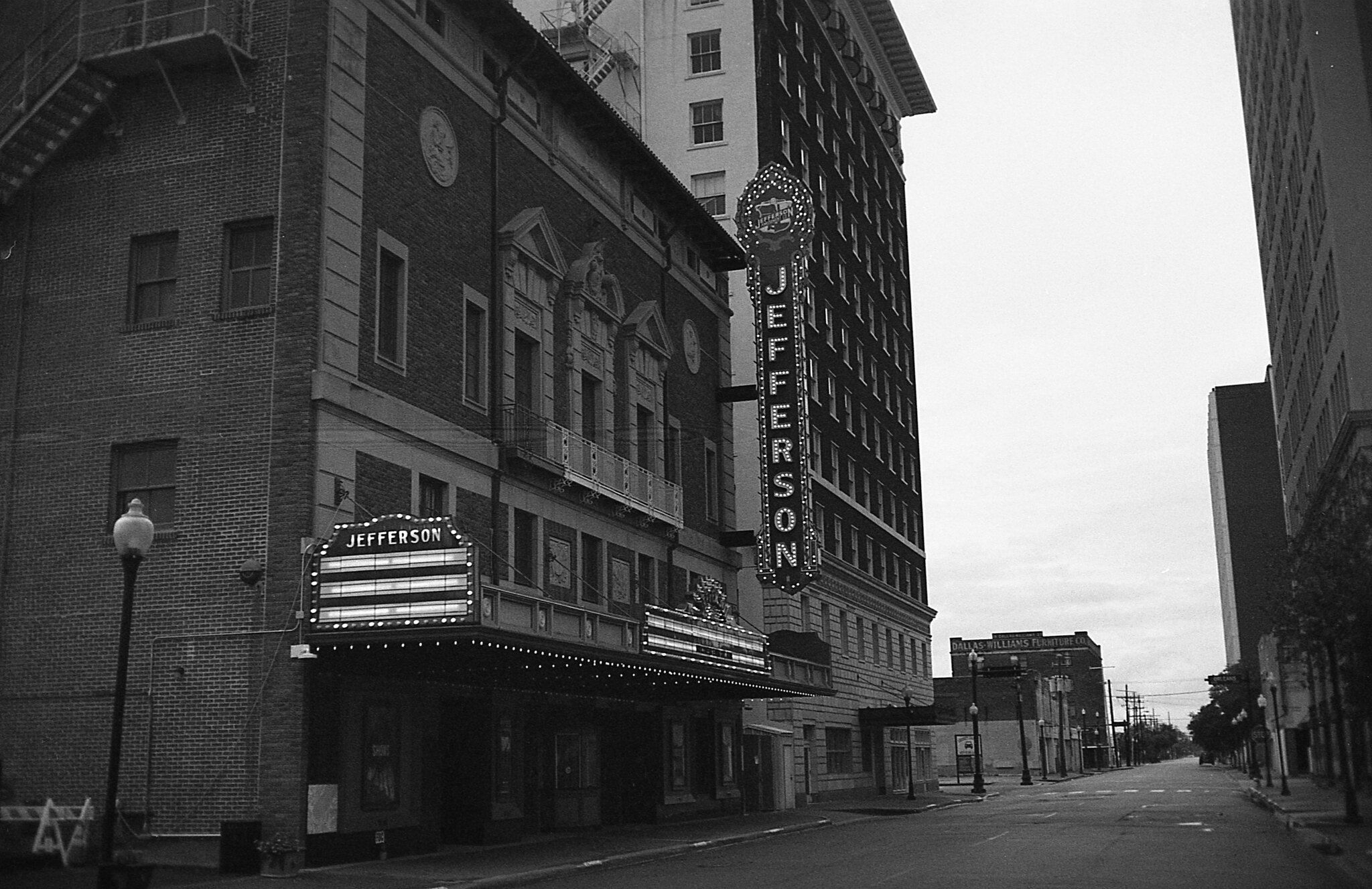
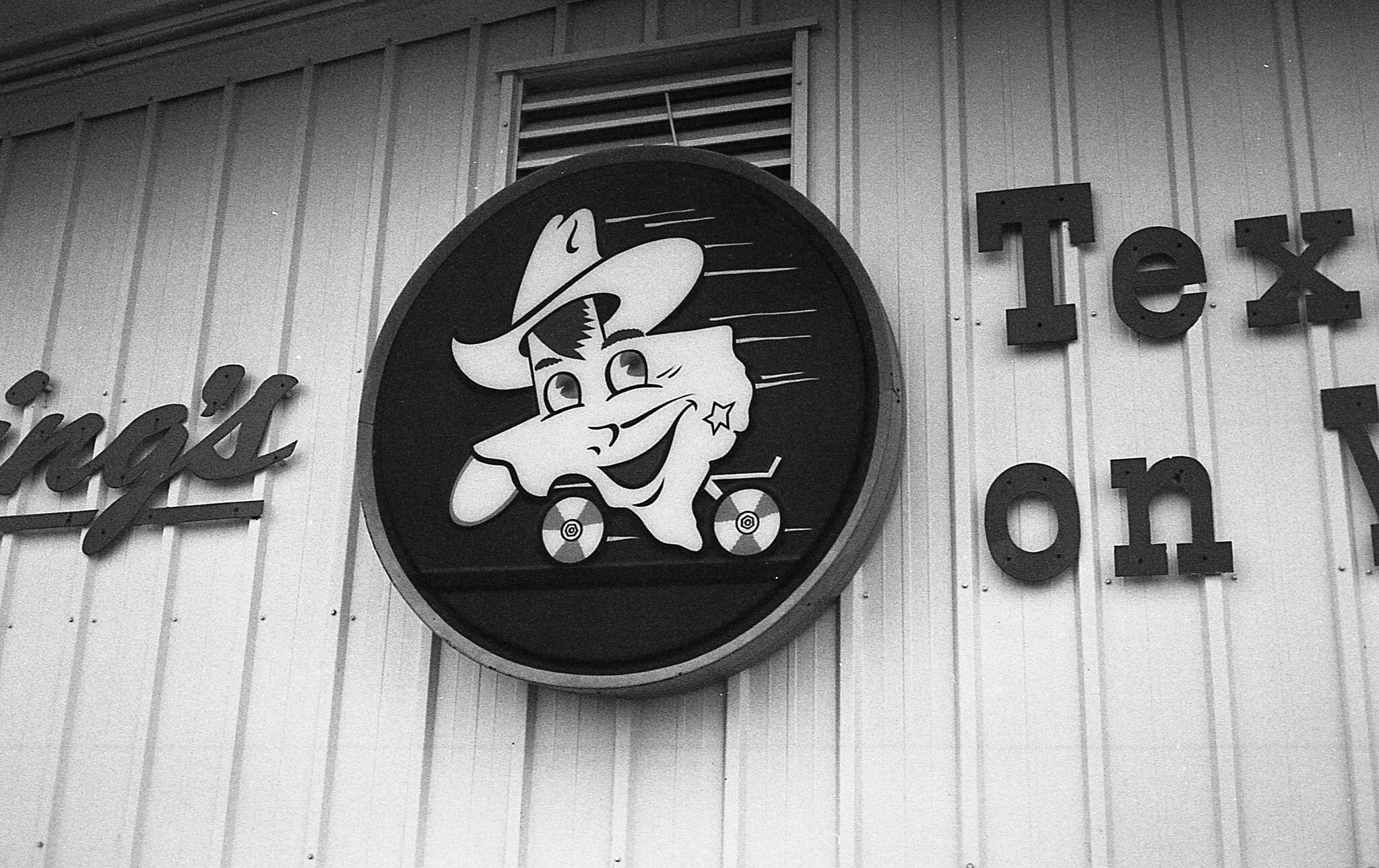
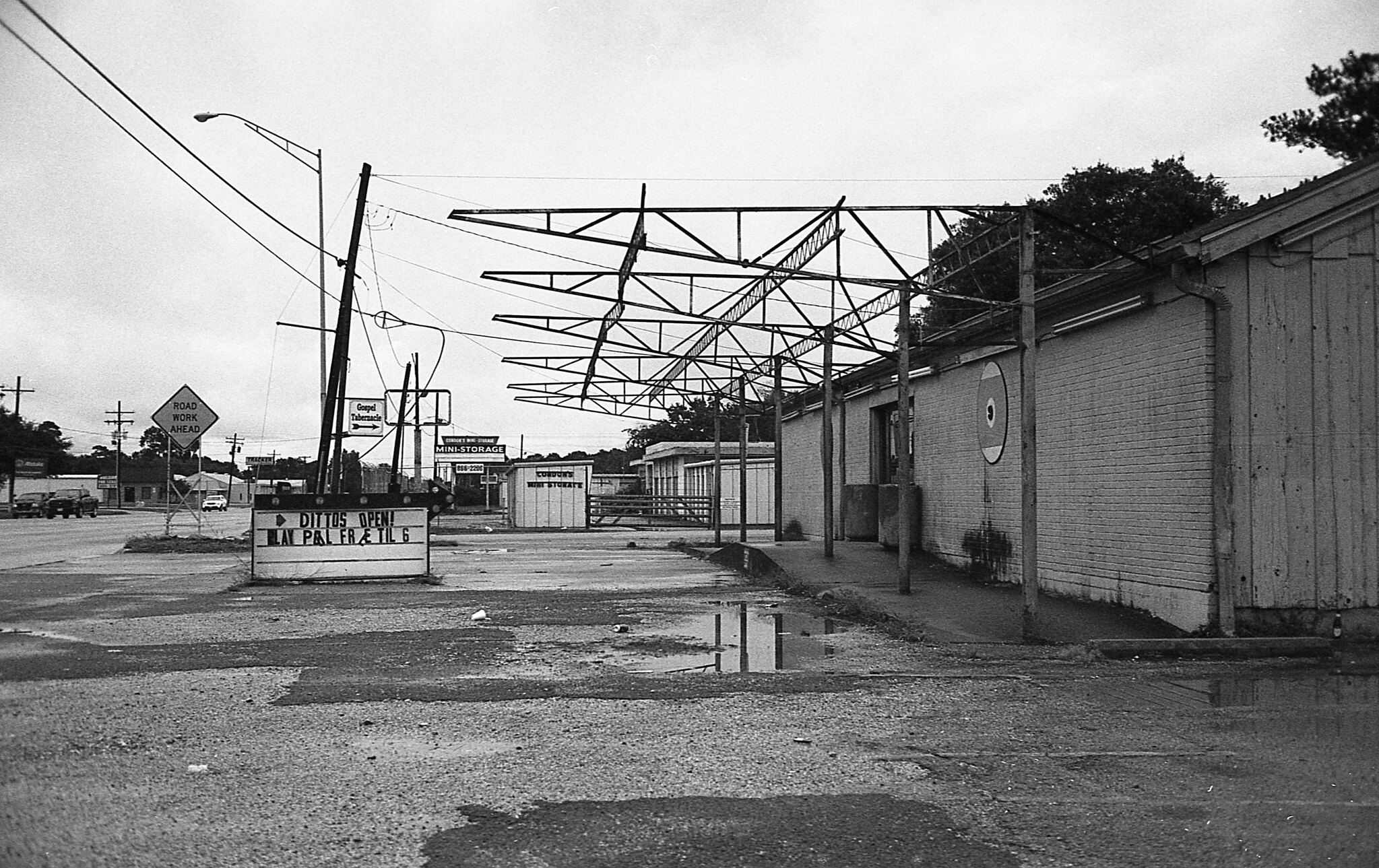
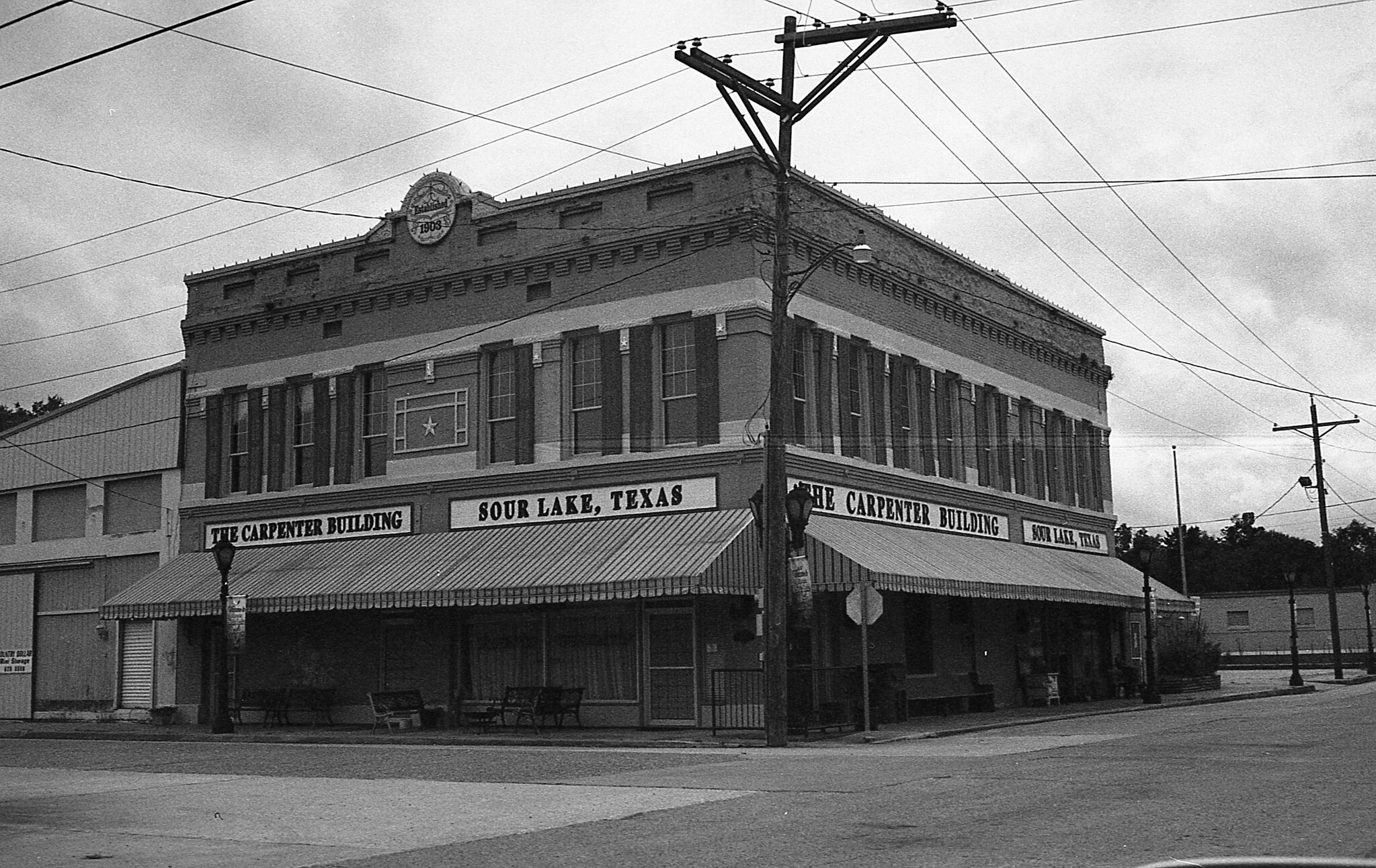
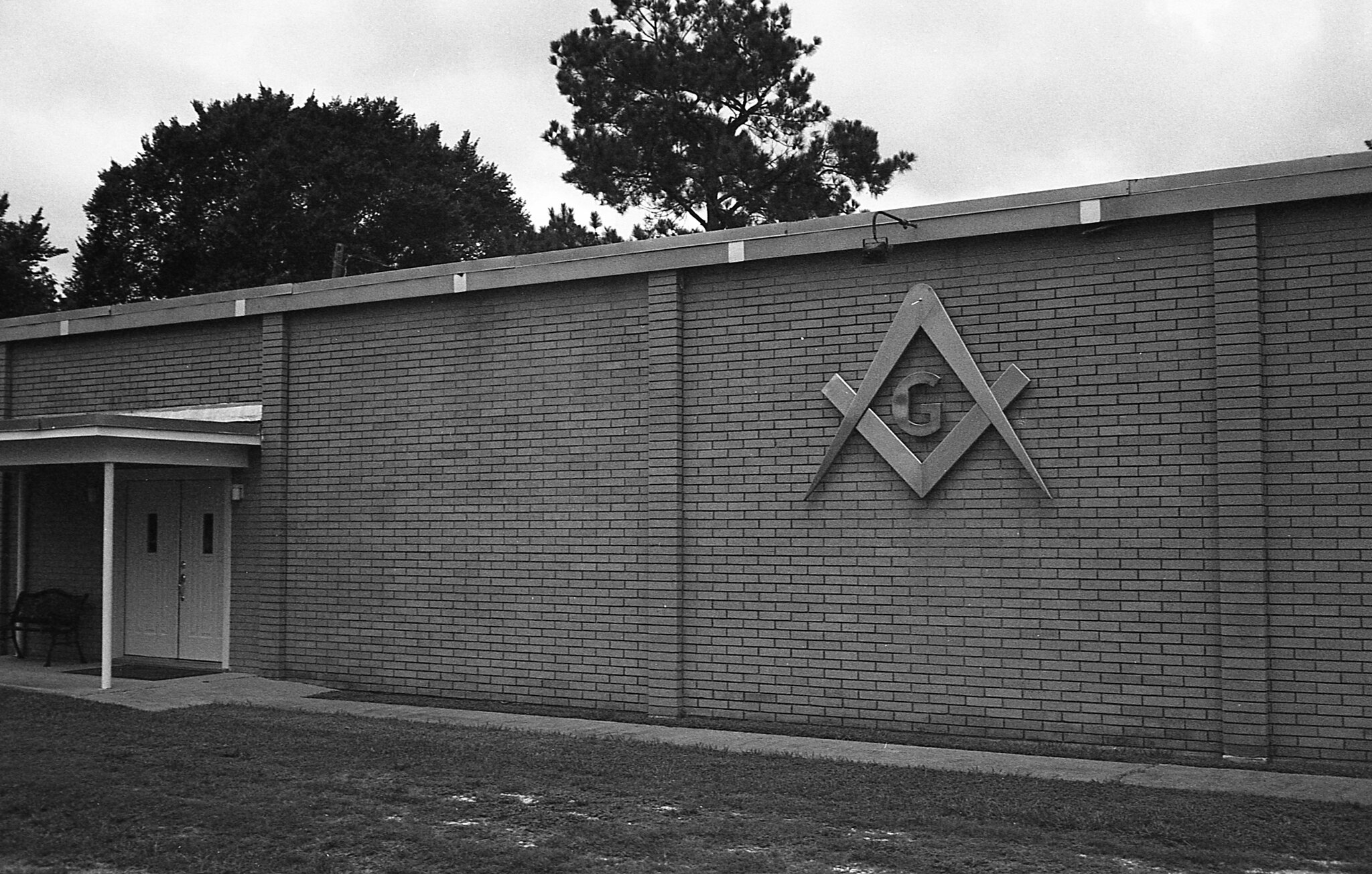
 The Ricoh 500G is an excellent compact rangefinder. I would put it in the same class as the Olympus XA in terms of being able to produce consistently great quality images with the sharp Rikenon lens (40mm/f2.8). The camera is capable of shooting 25-800 ISO film with shutters speeds of 8/15/30/60/125/250/500 plus Bulb.
The Ricoh 500G is an excellent compact rangefinder. I would put it in the same class as the Olympus XA in terms of being able to produce consistently great quality images with the sharp Rikenon lens (40mm/f2.8). The camera is capable of shooting 25-800 ISO film with shutters speeds of 8/15/30/60/125/250/500 plus Bulb.